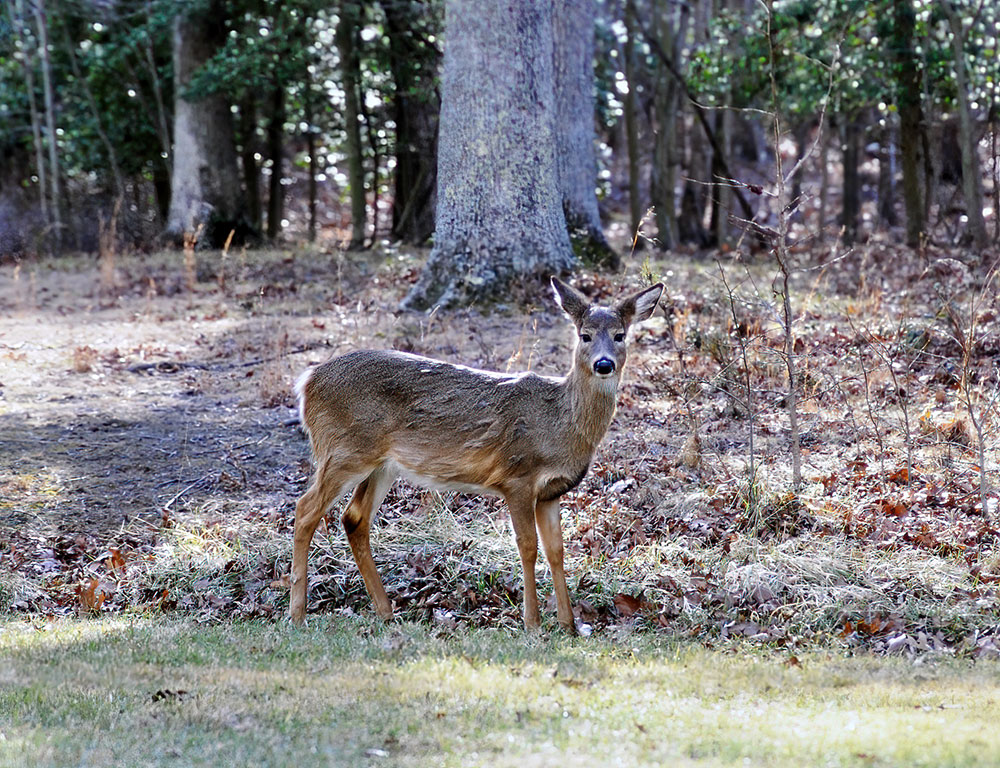
The White-tailed Deer (Odocoileus virginianus) is common all over Eastern US. You often see them at dusk and dawn, and not at least as roadkills in the early morning
Although Maryland and the eastern coast of the US is heavily populated, the region offer quite a lot of opportunities for outdoor enthusiasts. During my one-year stay in Baltimore I visited numerous state parks and reserves in Maryland and neighboring states such as Virginia, West Virginia, Delaware, Pennsylvania and New Jersey. For example, Cape May in New Jersey is one of the best places in the US for spring and fall migratory birds. The coastal areas also have many marshland parks of interest for birds and other wildlife. In spring and early summer, I also focused on finding wildflowers. I visited the Shenandoah National Park in Virginia/West Virginia several times looking for early-blooming wildflowers. With more than 850 species of flowering plants, Shenandoah is one of the best places to see wildflowers in the Eastern US.
Here I have posted pictures from some of my trips in the region in 2001. All photos were scanned from color slides, so the image quality is relatively poor.
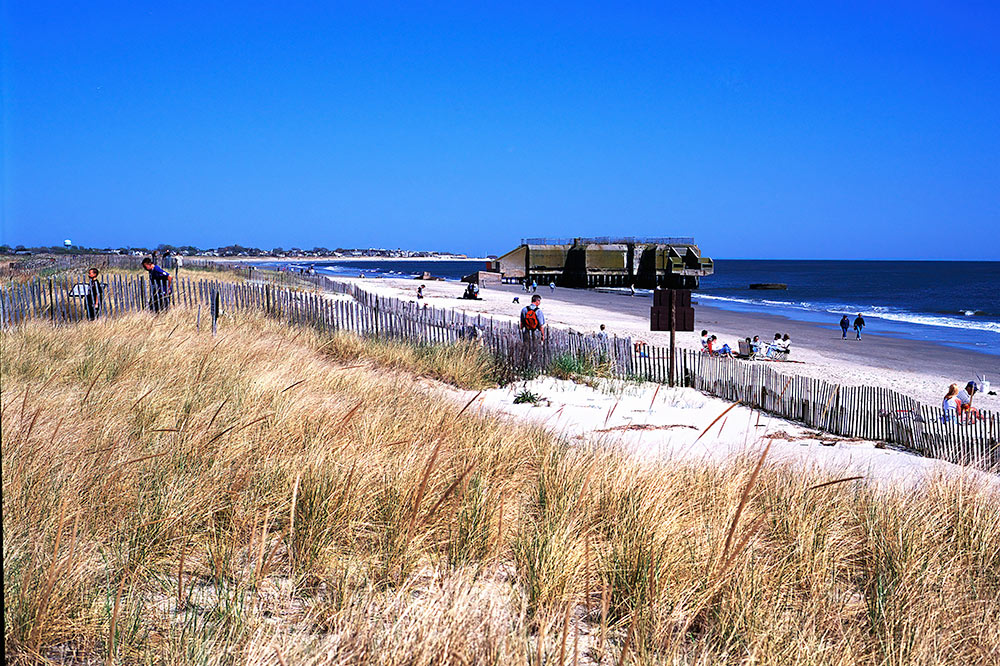
Atlantic coast. Battery 223 at Cape May Point State Park, New Jersey. An old WW2 bunker
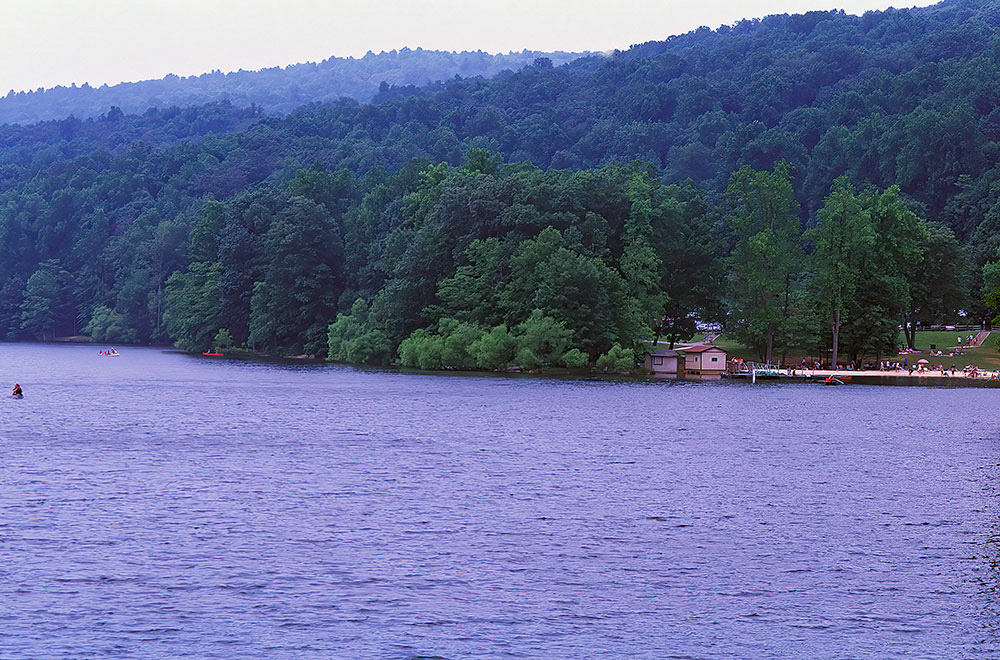
Catoctin mountain area. This is Hunting Creek Lake in Cunningham Falls State Park, Maryland, as far as I remember. Camp David, the presidental retreat, is situated about 3 km to the right from here
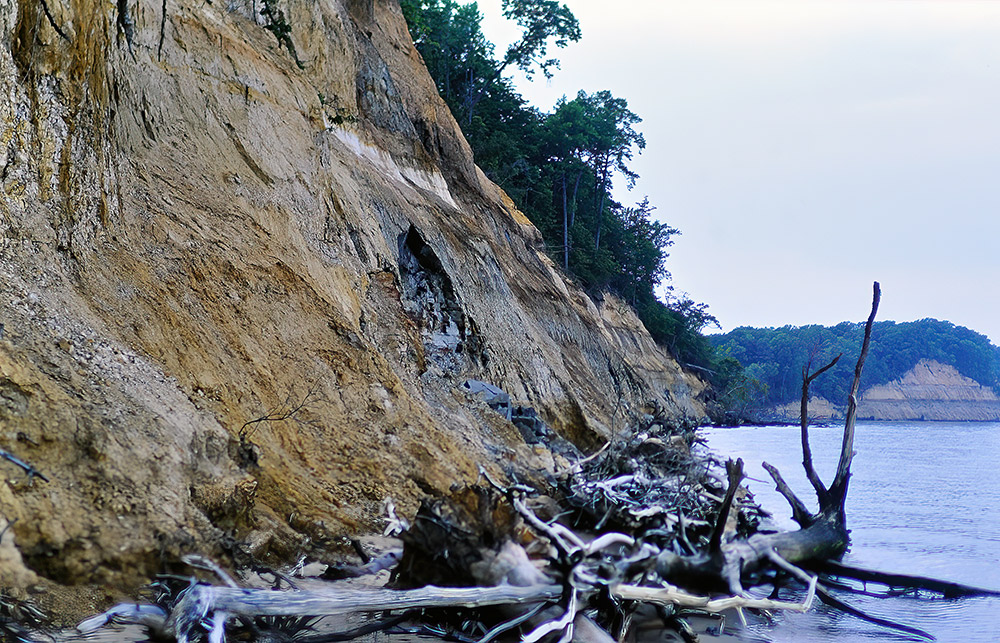
Chesapeake Bay coastline. Here Calvert Cliffs State Park, Maryland. This park is known for the abundance of mainly Middle Miocene sub-epoch fossils that can be found on the shoreline, especially shark teeth
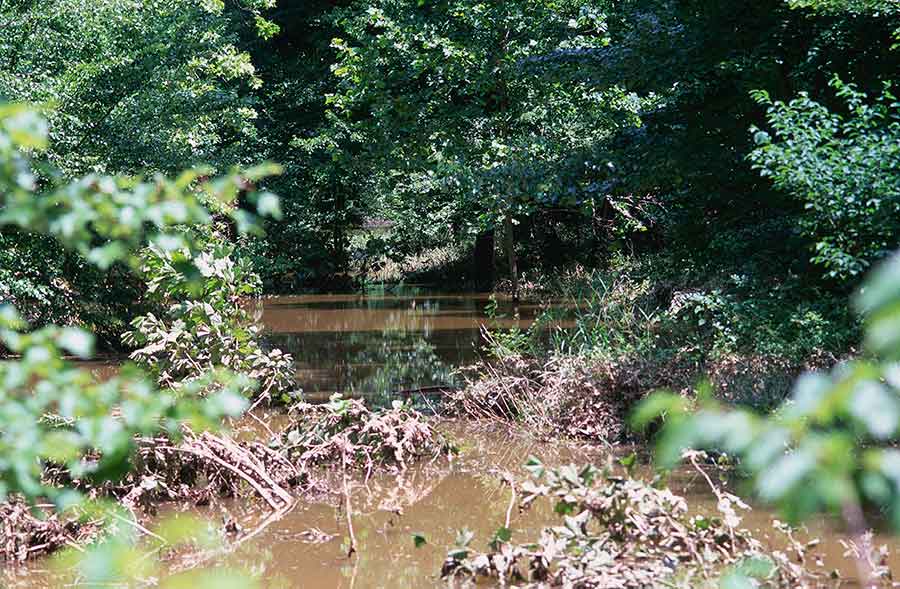
A typical Maryland creek
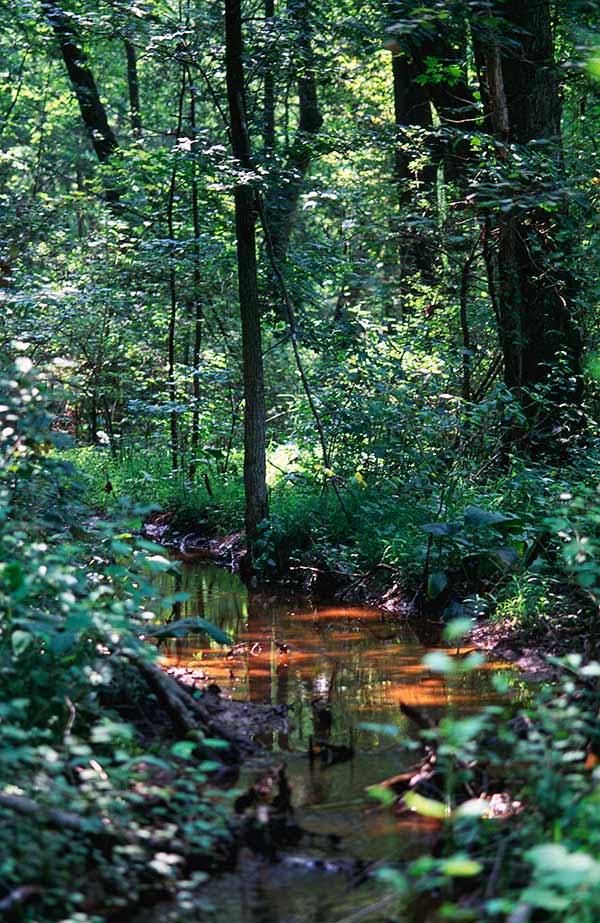
Another Maryland creek
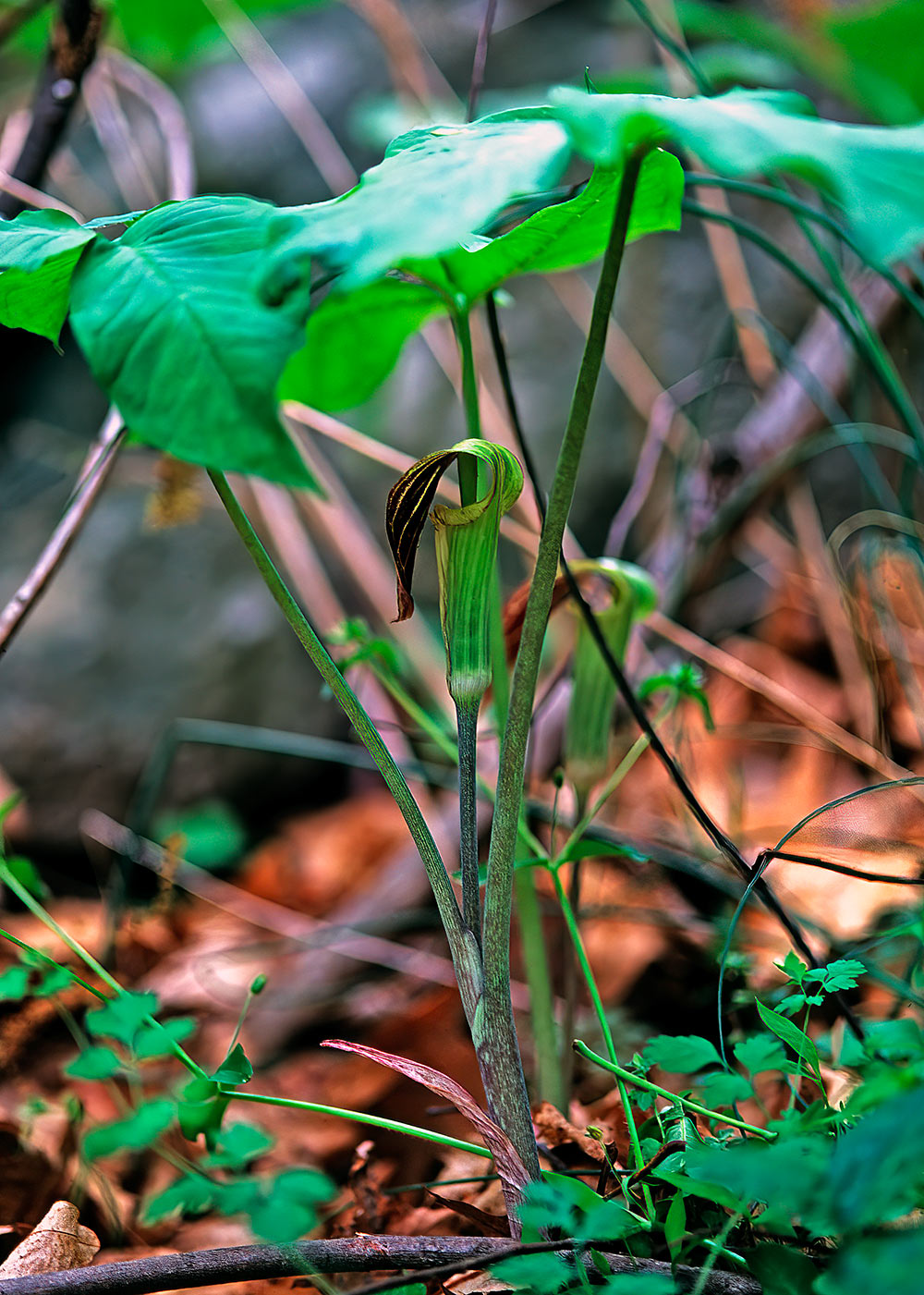
Jack-in-the-Pulpit (Arisaema triphyllum) is a widespread early-blooming East Coast plant
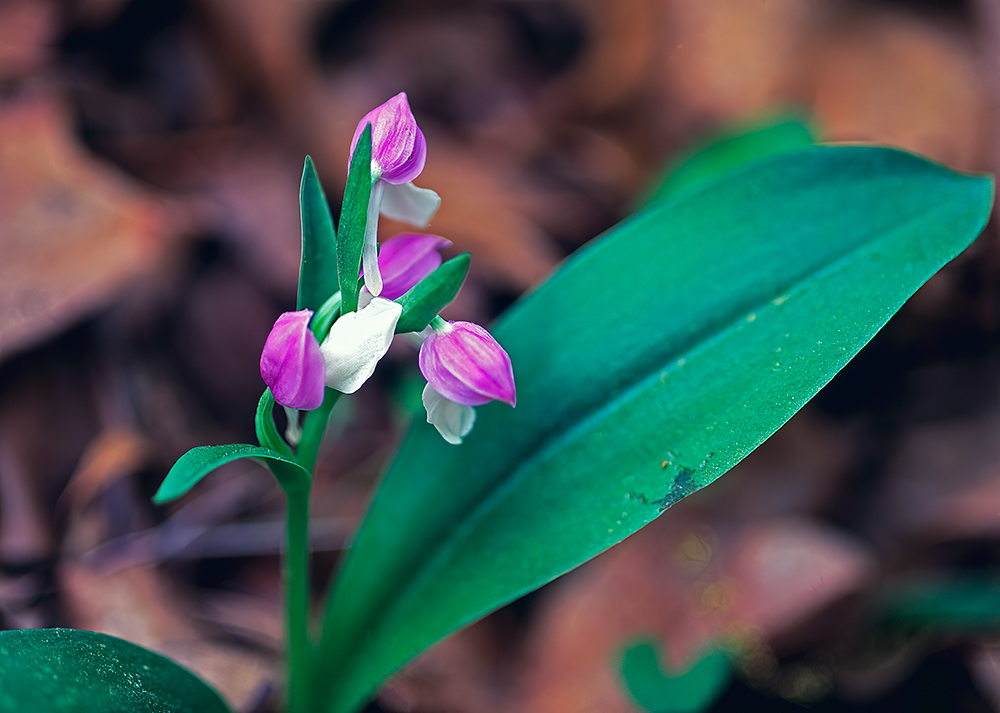
Showy Orchis (Galearis spectabilis), an early-blooming orchid
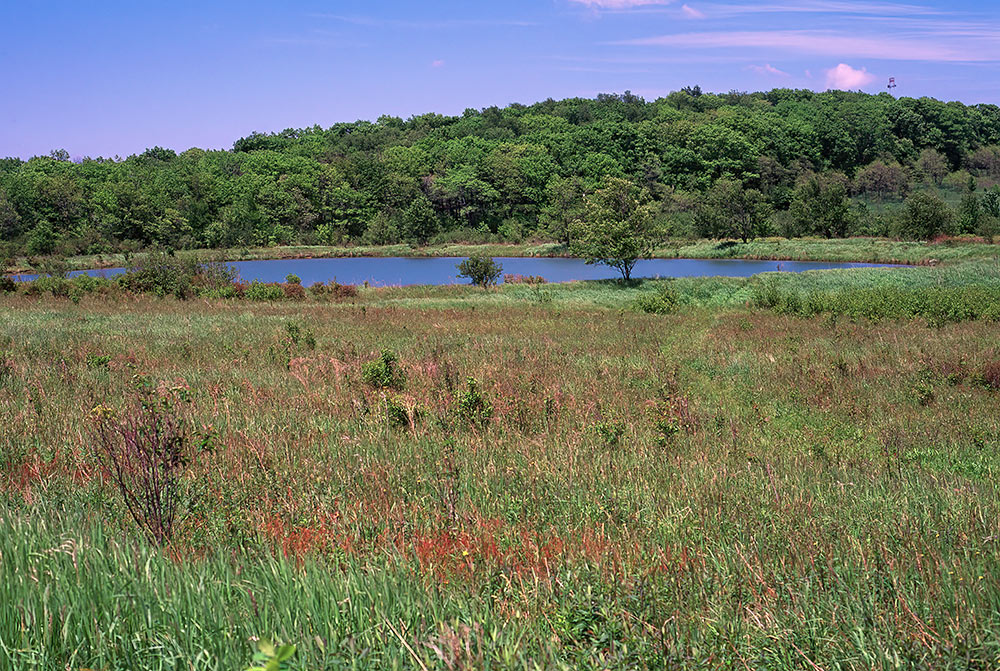
The Finzel Swamp Nature Reserve in western Maryland (Garrett and Allegany Counties), about 3 hours drive from Baltimore on the border to West Virginia
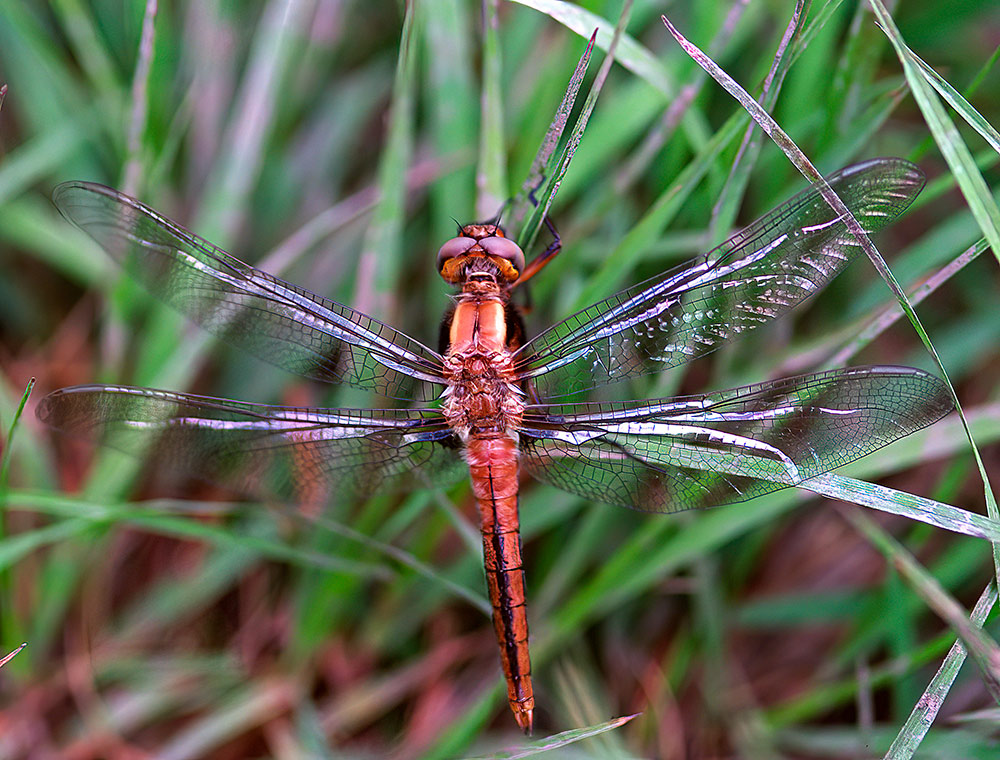
A dragonfly at Finzel Swamp, the Chalk-fronted Corporal (Ladona julia)
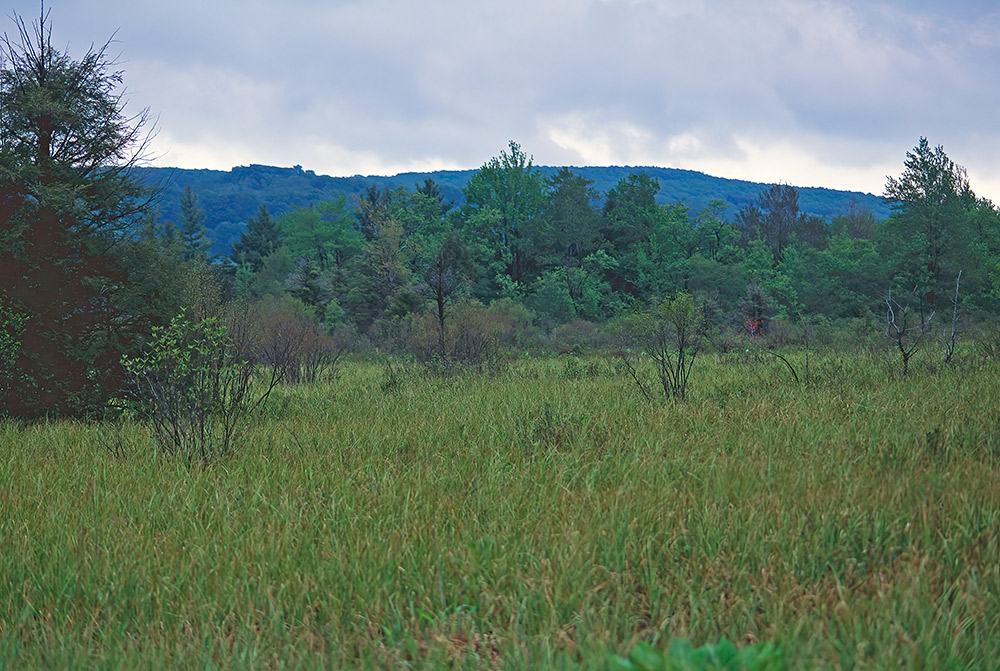
More Maryland outback, this is near the Finzel Swamp I think
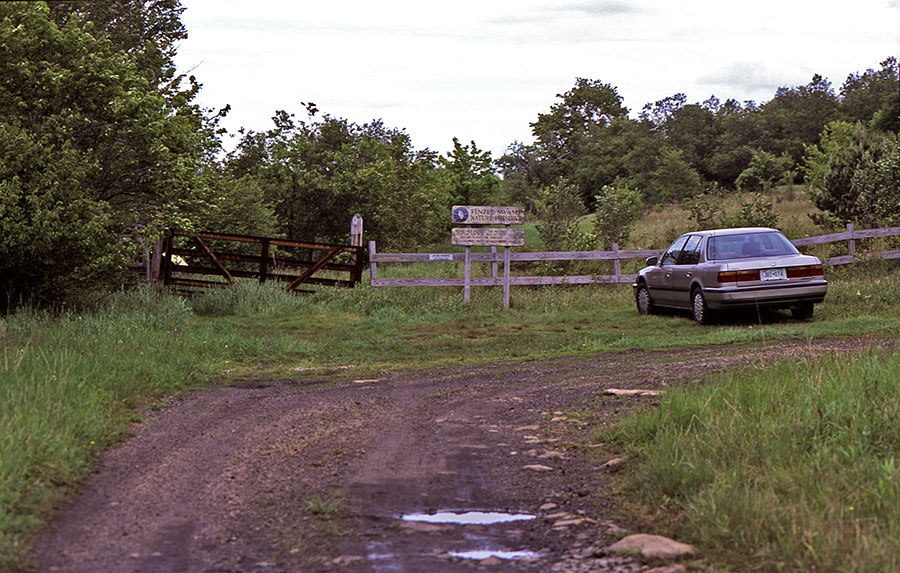
At the Finzel Swamp Nature Reserve parking lot in 2001. With my old 1991 Honda Accord
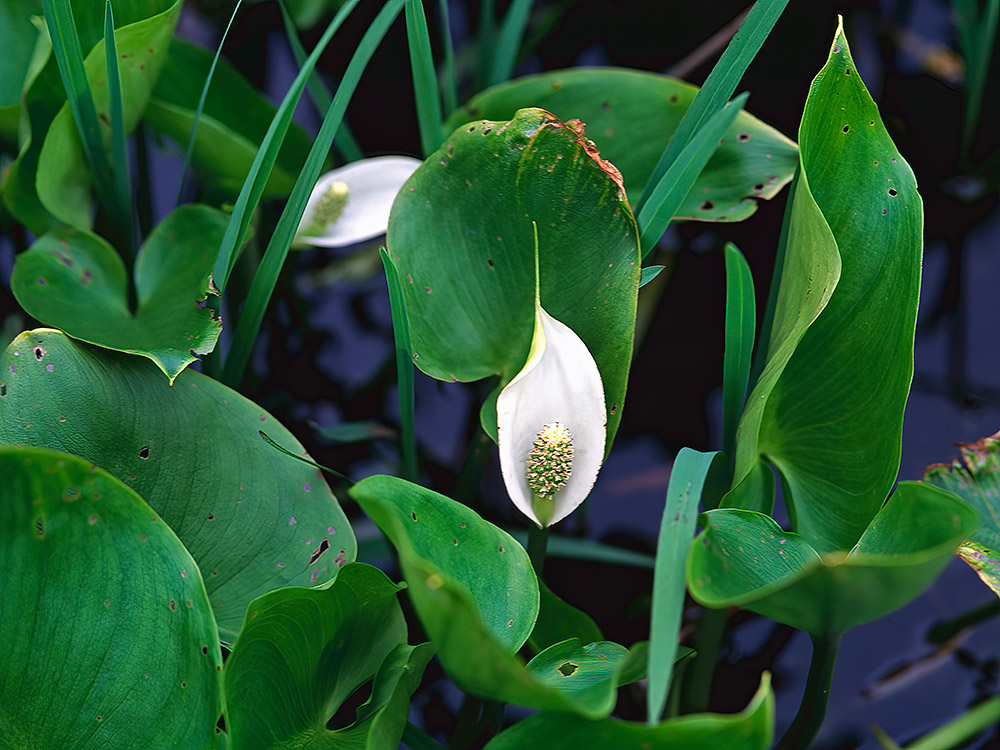
Water Arum (Calla palustris), Finzel swamp
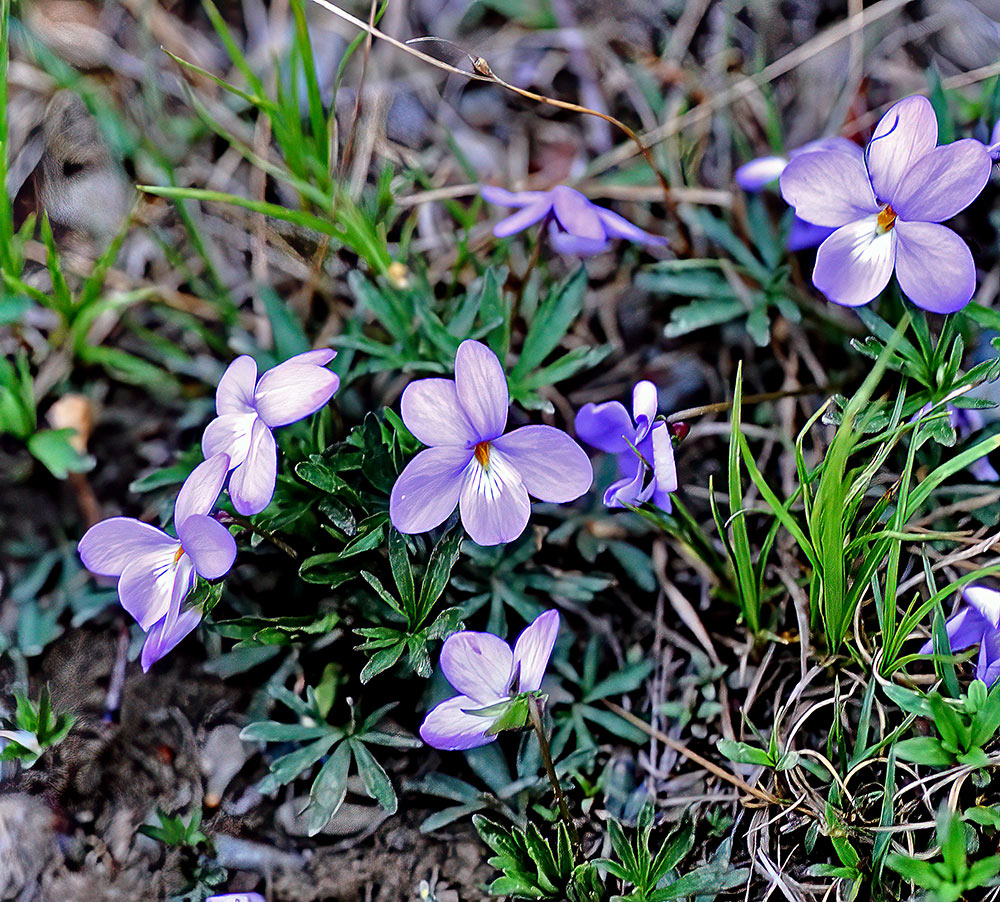
Common Blue Violet (Viola sororia)
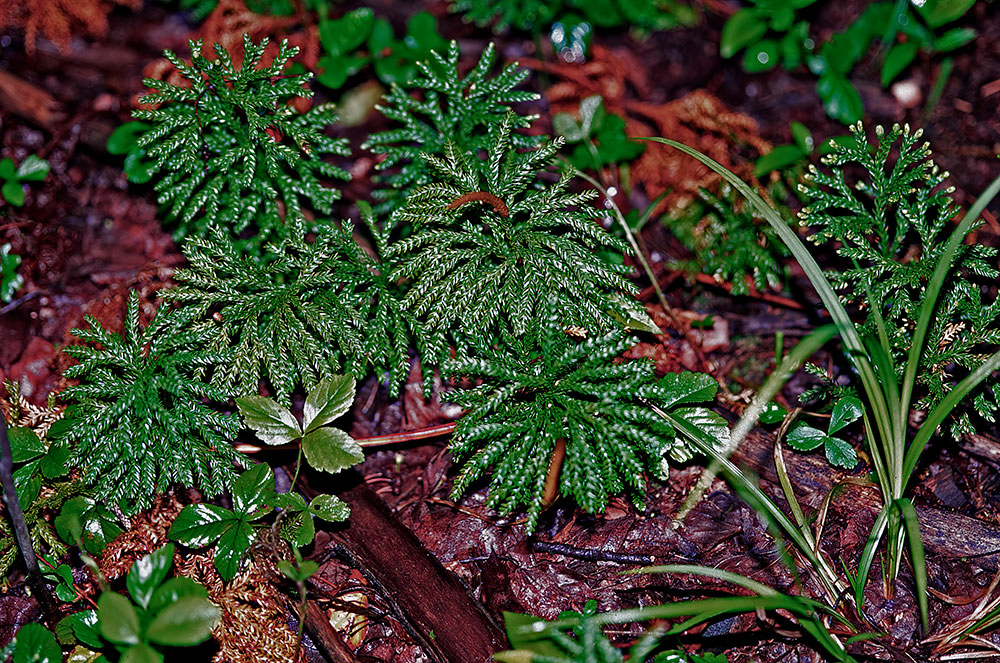
Probably Flat-branched Tree-Clubmoss (Dendrolycopodium obscurum), a Lycopodiopsida species here photographed in the Cranesville Swamp. The Cranesville Swamp Preserve is a 650 ha preserve situated on the border between Maryland and West Virginia, some 4 hours drive from Baltimore. Located in Garrett County, Maryland, and Preston County, West Virginia
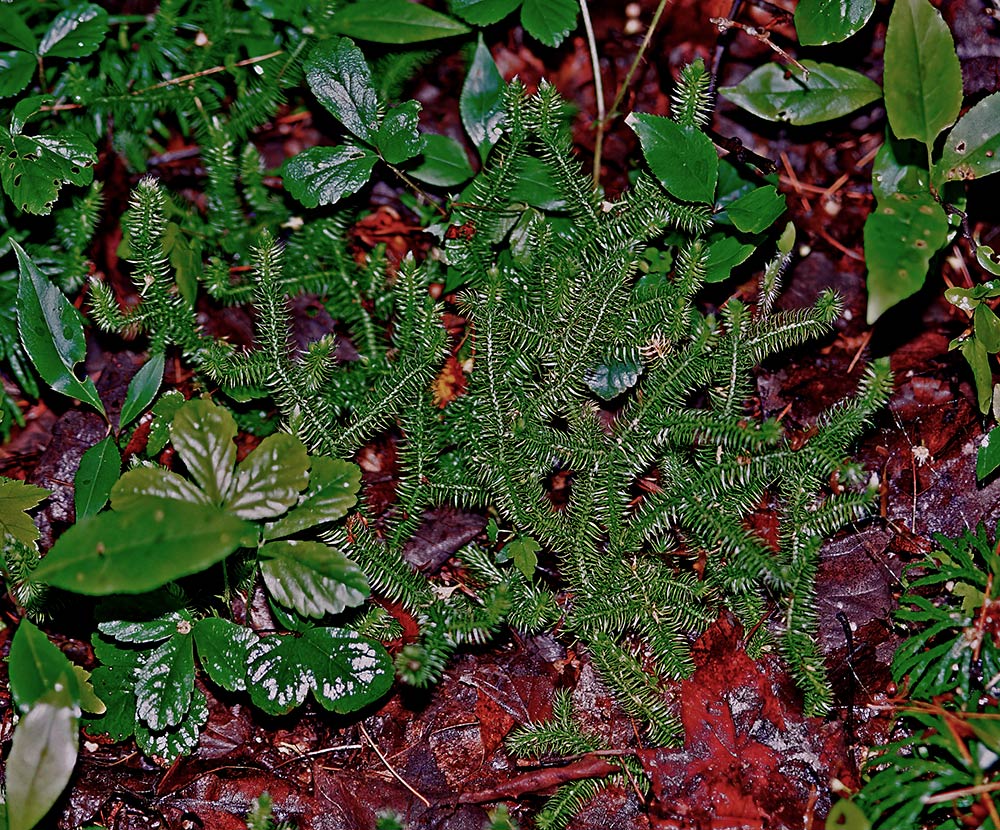
Another Lycopodiopsida species from the Cranesville Swamp. Could be Shining Clubmoss (Huperzia lucidula) or maybe Common Clubmoss (Lycopodium clavatum)
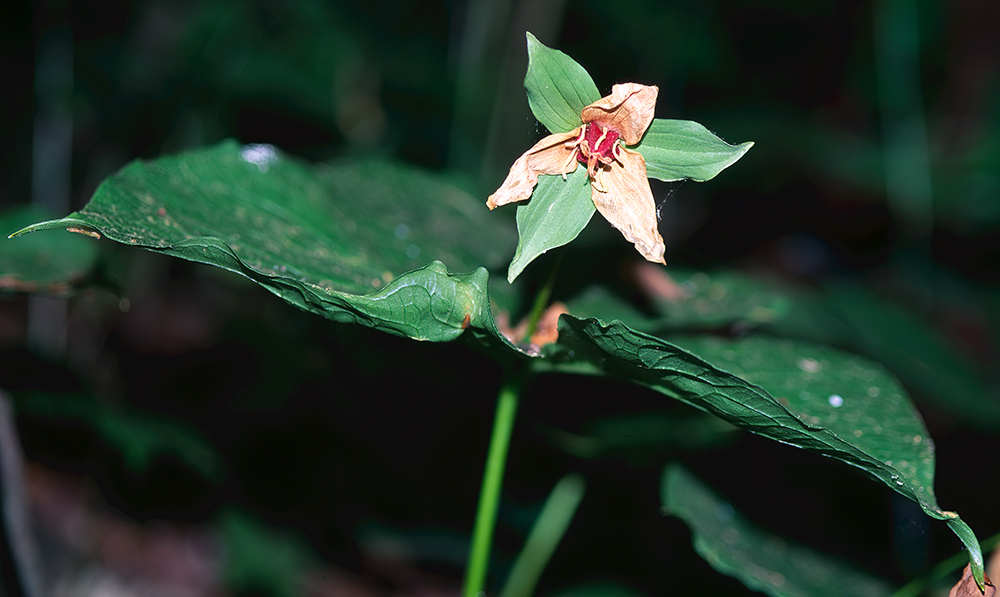
A withering Trillium in Virginia, could be a Red Trillium (Trillium erectum)
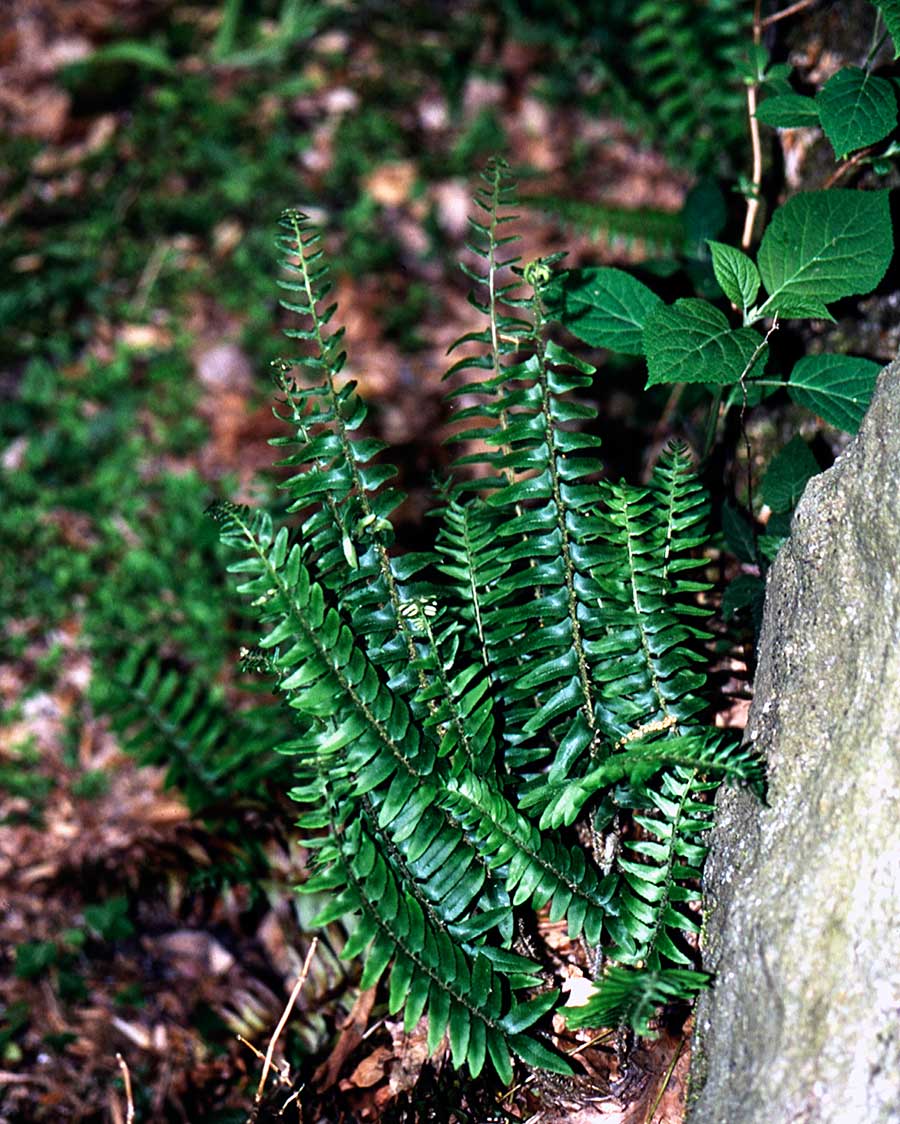
Maybe Christmas Fern (Polystichum acrostichoides) in Shenandoah National Park

Early spring Maryland forest
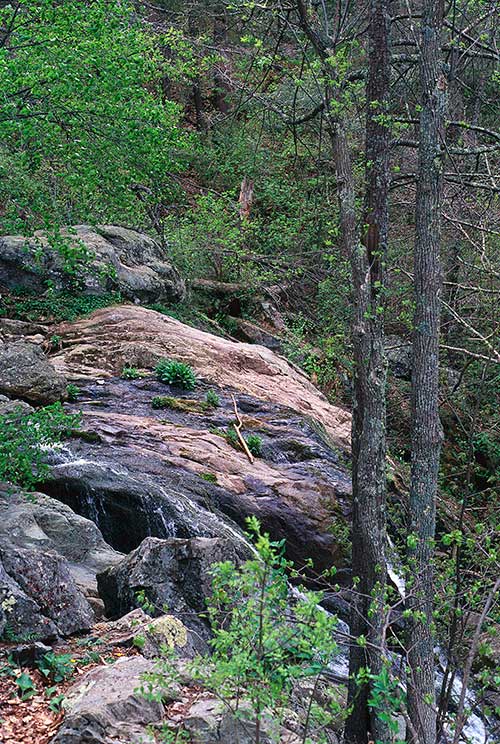
Shenandoah National Park forest
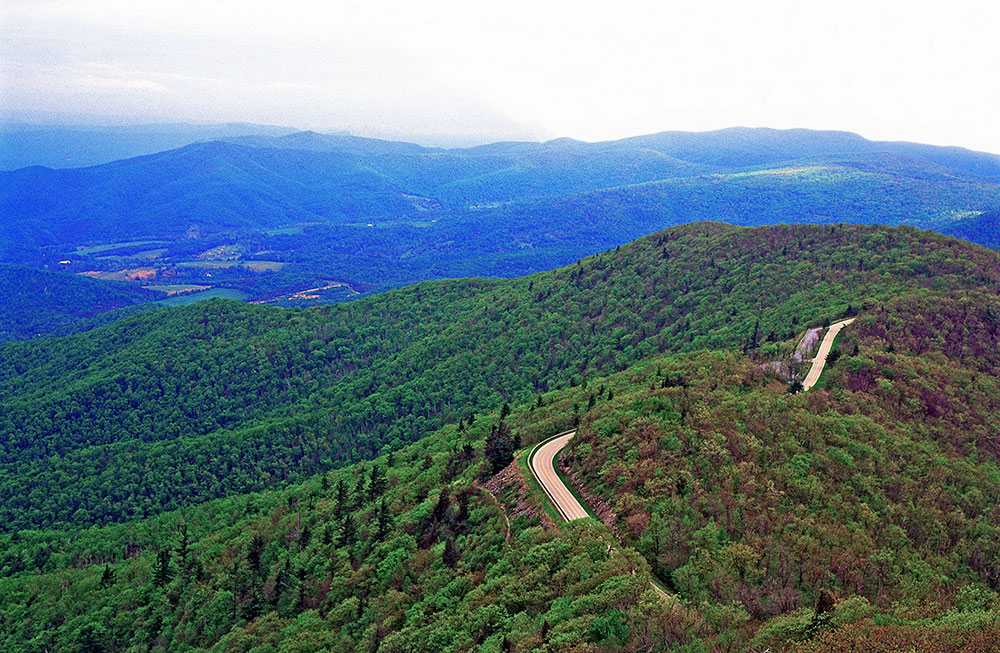
The Skyline Drive in Shenandoah National Park, Virginia, maybe 3 hours drive from Baltimore
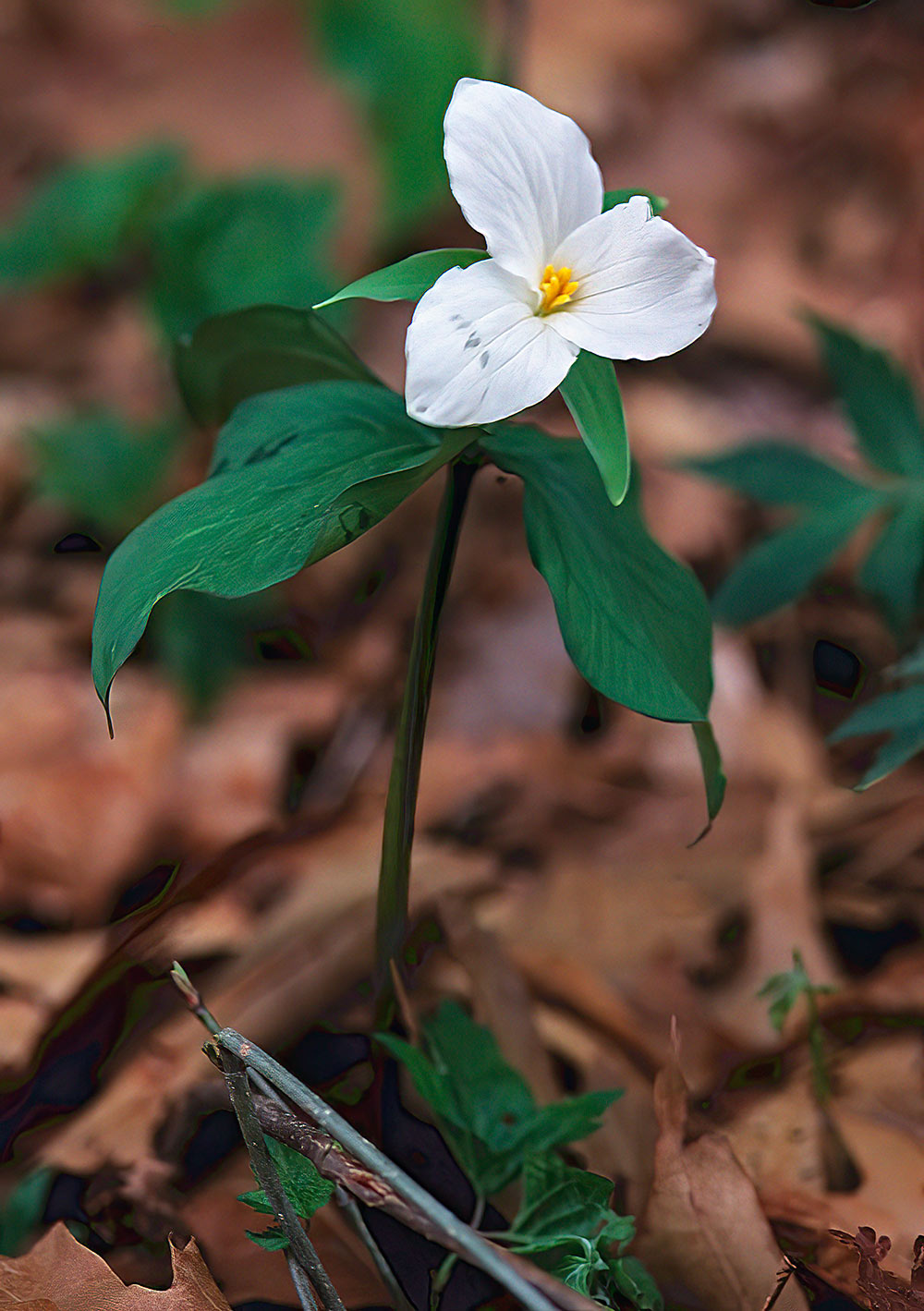
Large-flowered Trillium (Trillium grandiflorum), Shenandoah National Park
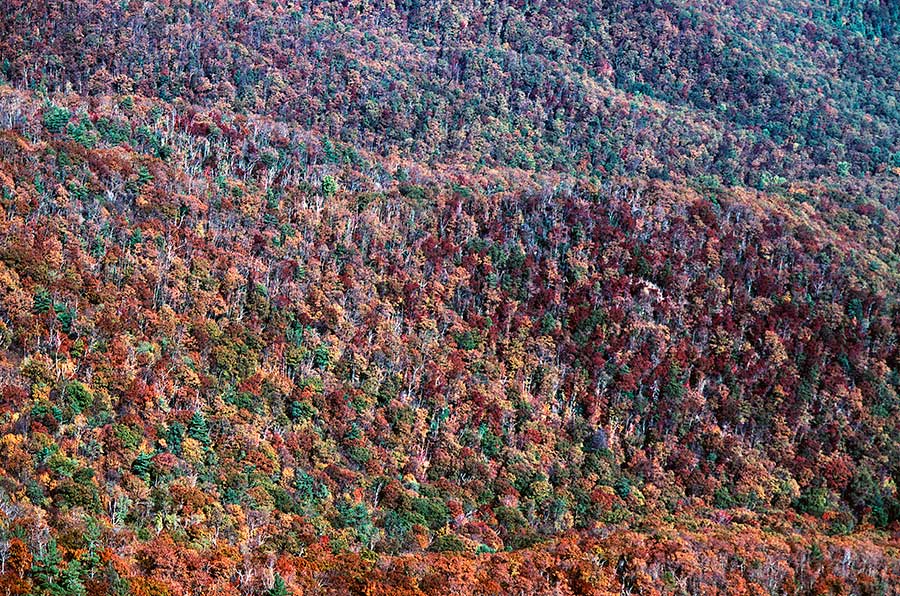
Fall foliage colors in Shenandoah National Park, Virginia
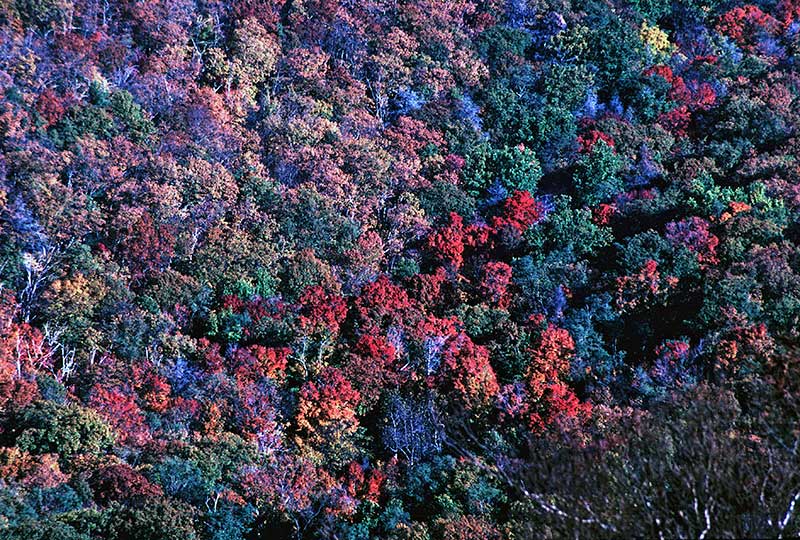
Colorful foliage in Shenandoah National Park
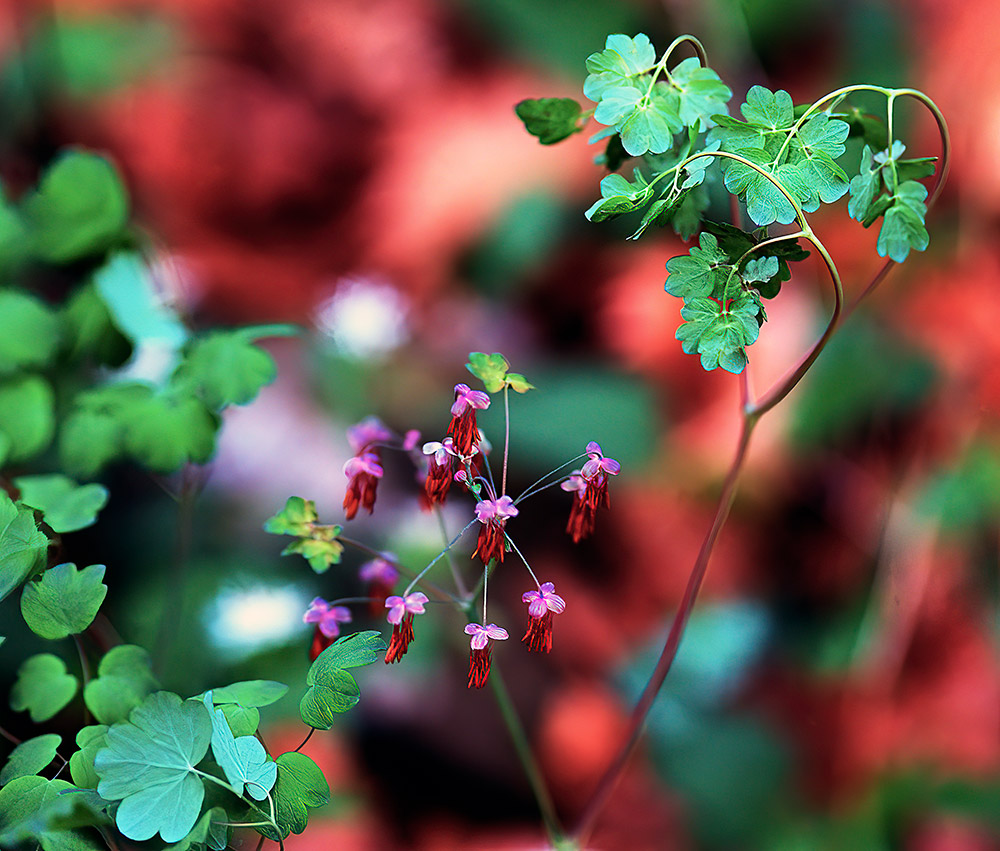
Probably Early Meadow Rue (Thalictrum dioicum)
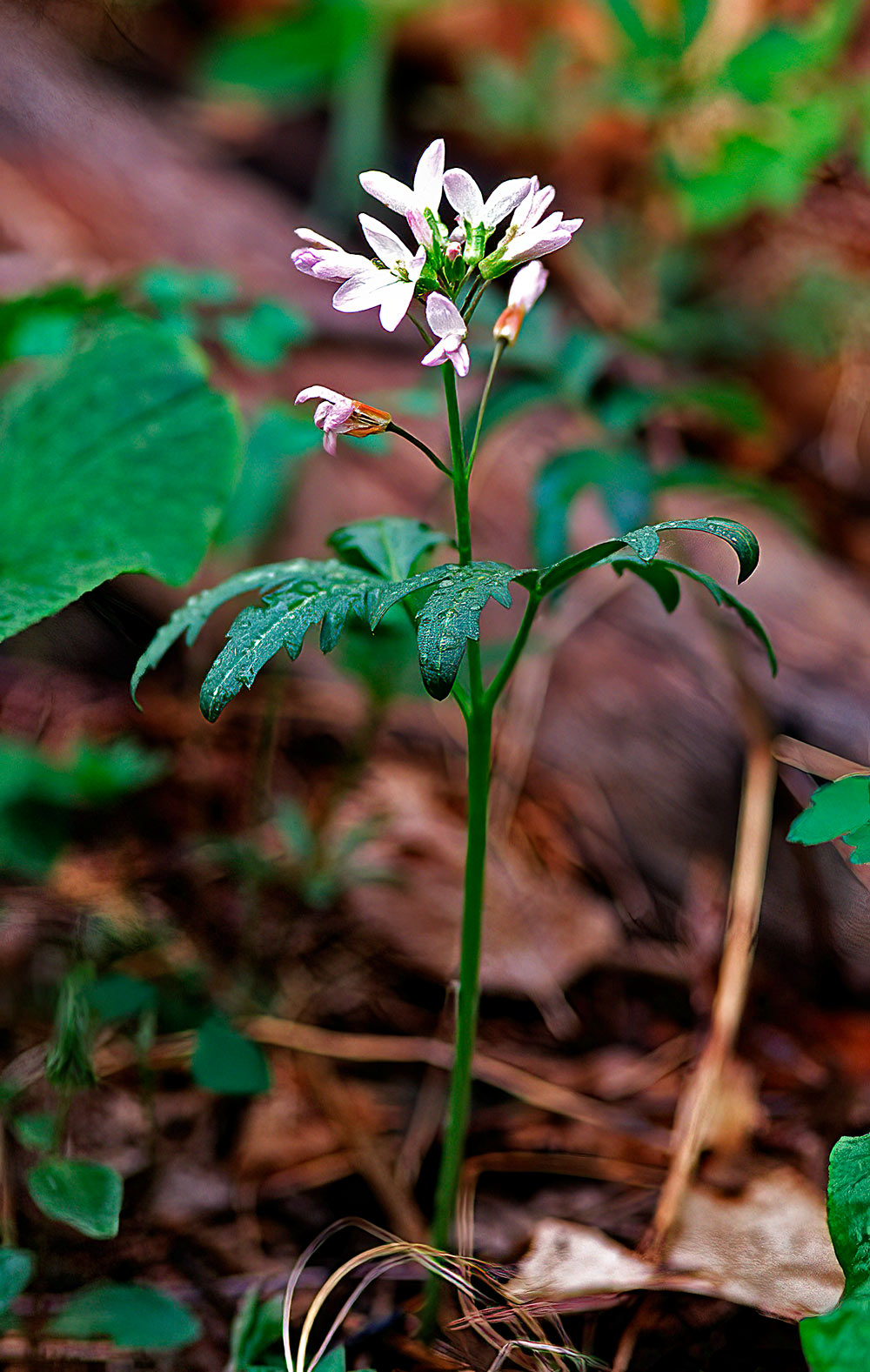
Cutleaf Toothwort (Cardamine concatenata)
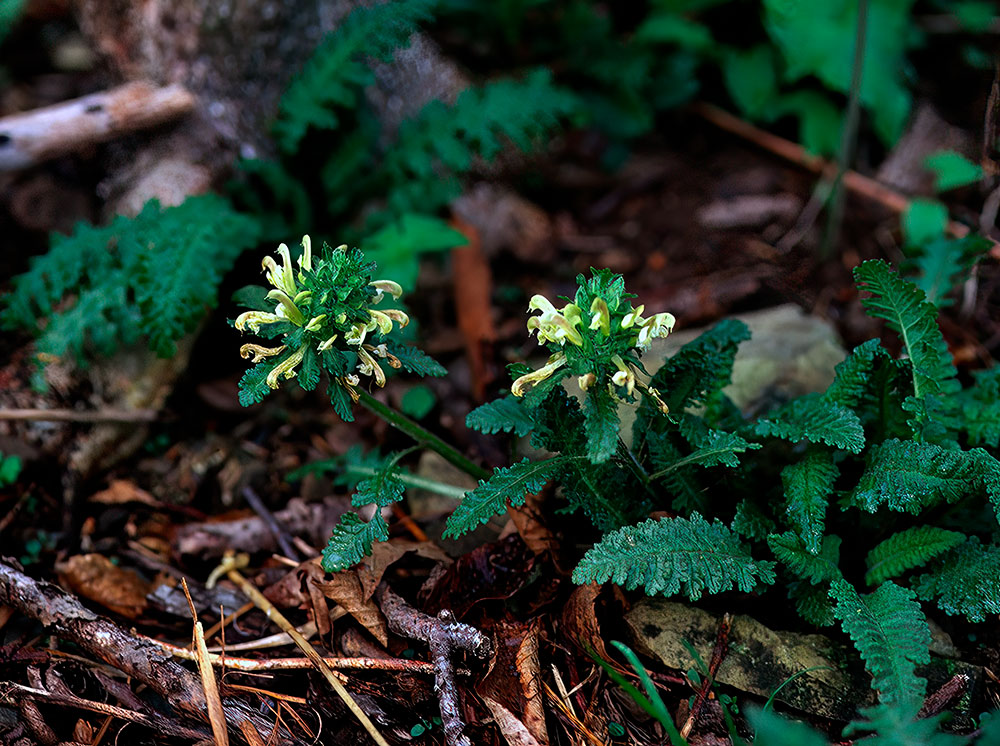
Canadian Lousewort (Pedicularis canadensis), Shenandoa National Park
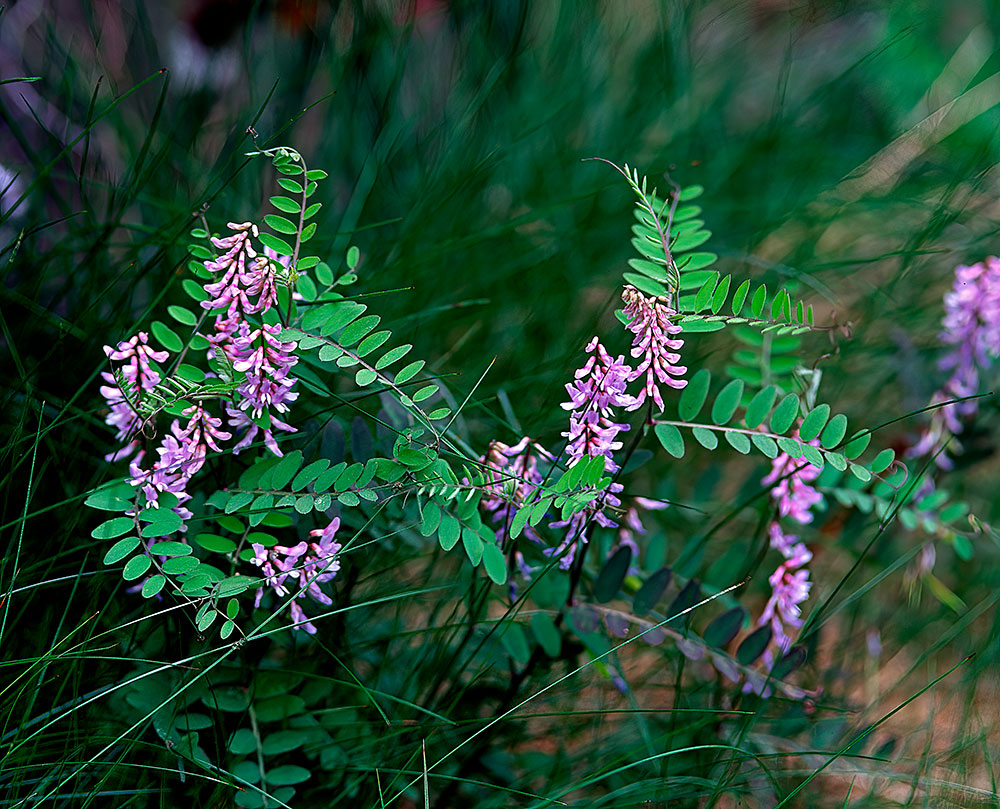
Pea plant, could for example be Carolina Wood Vetch (Vicia caroliniana)
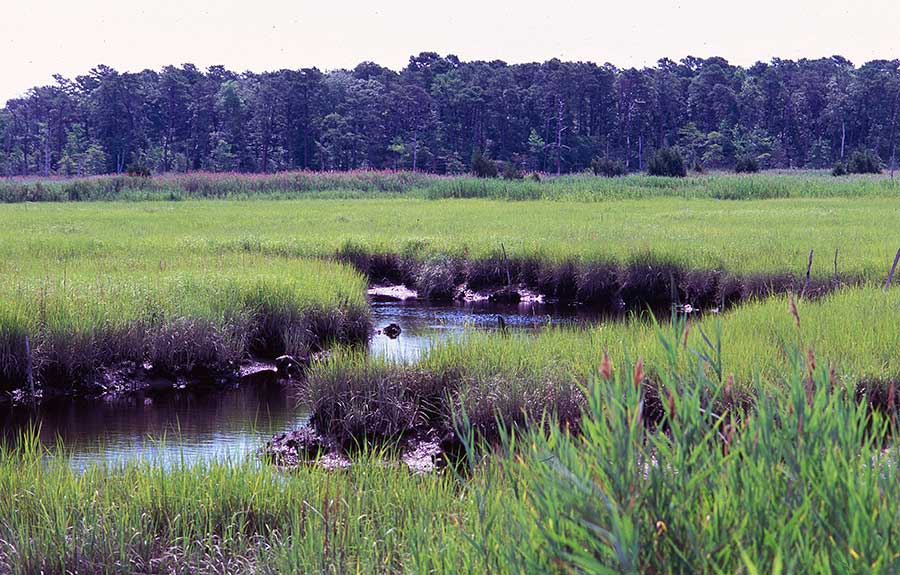
Marsh area near Baltimore
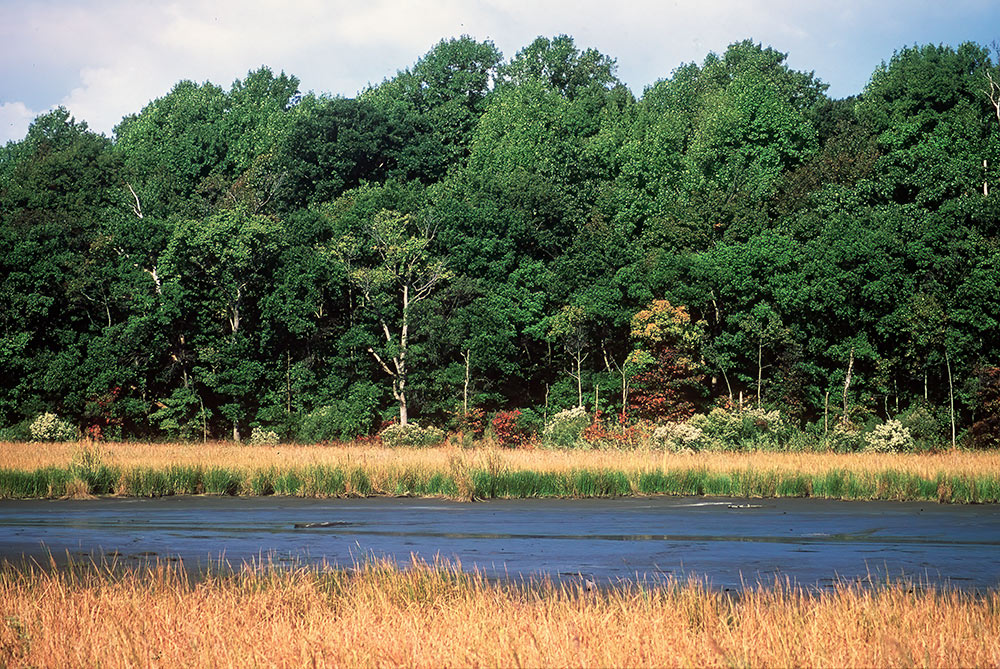
East Coast marshland
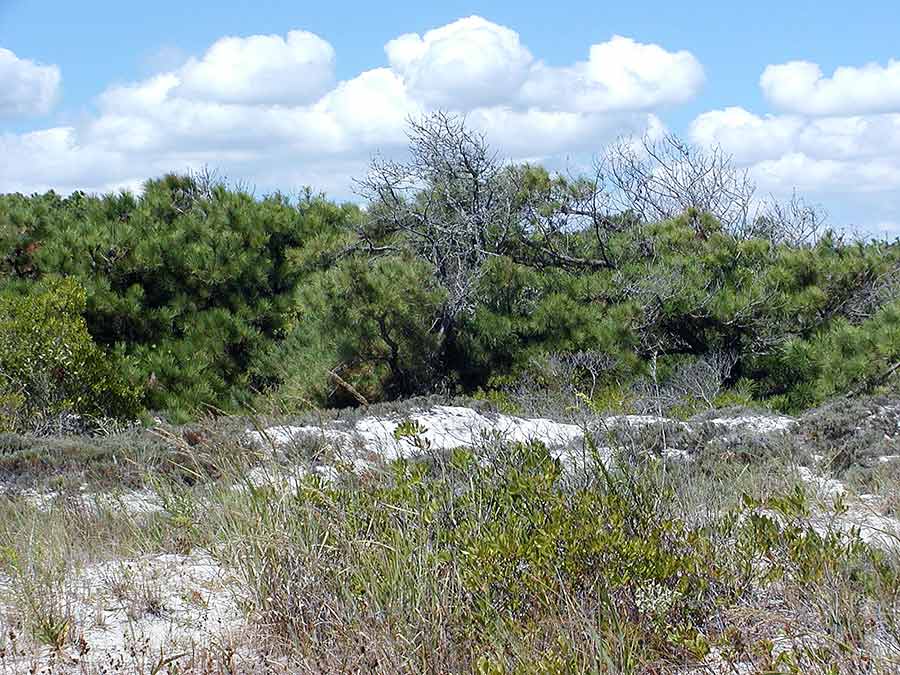
Sandy beach at Assateague Island, which is situated in Maryland and Virgina
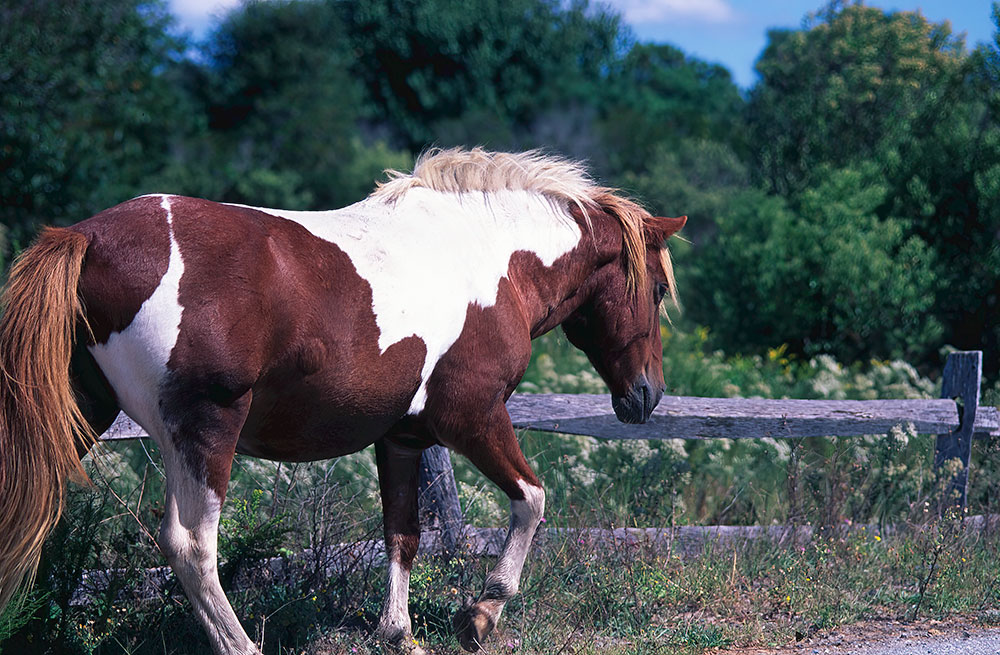
Feral horse at Assateague State Park
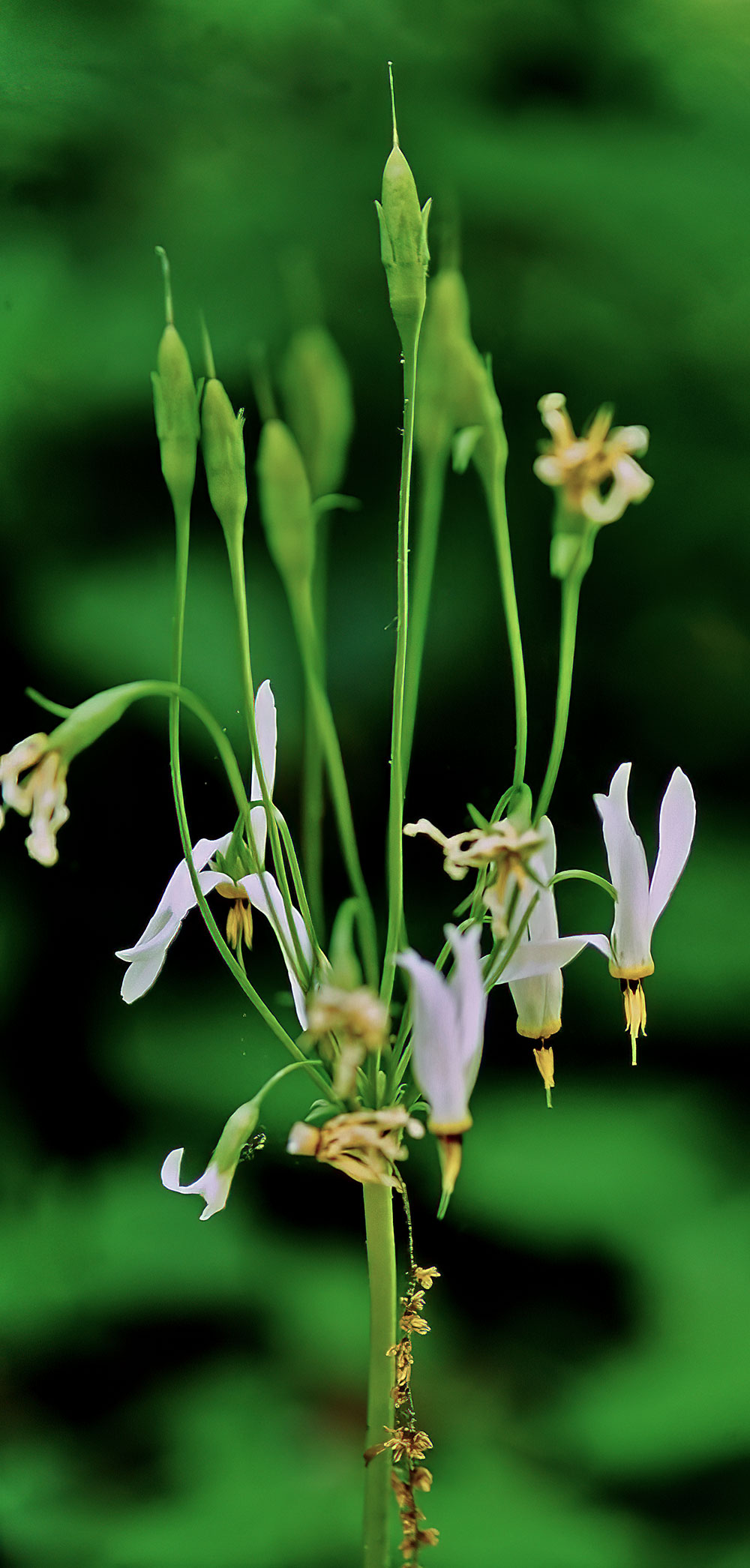
Eastern Shooting Star (Primula meadia)
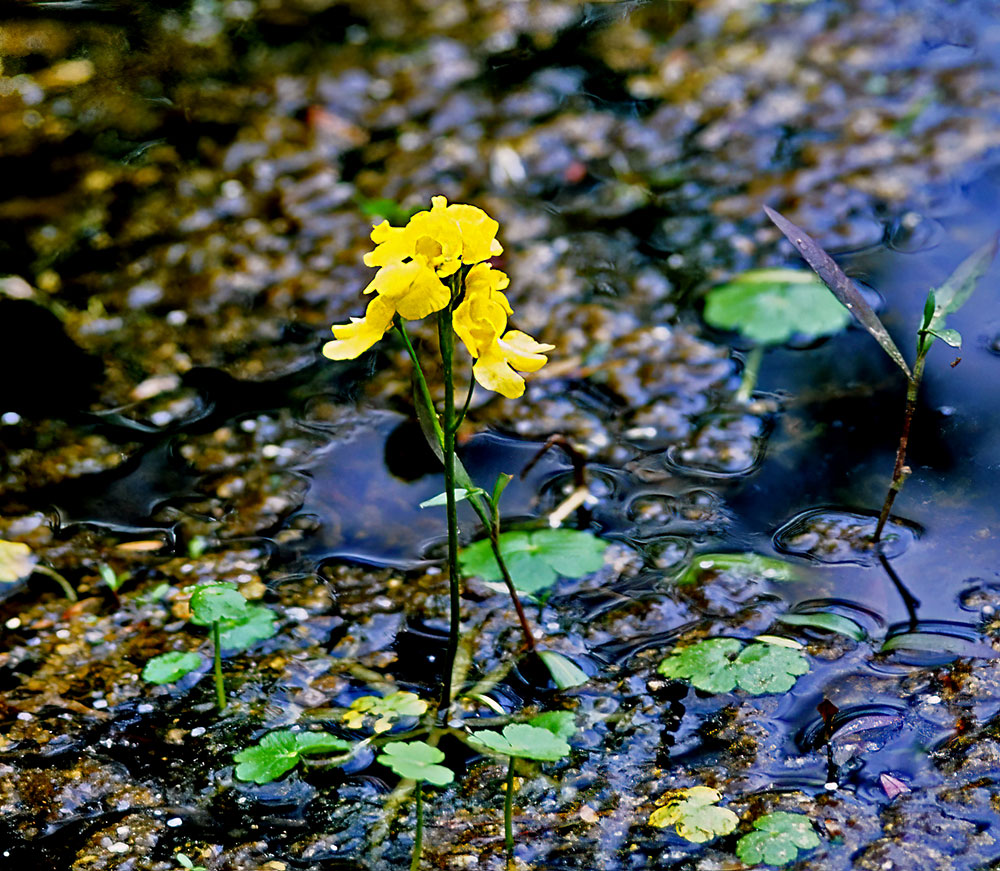
Swollen Bladderwort (Utricularia inflata)
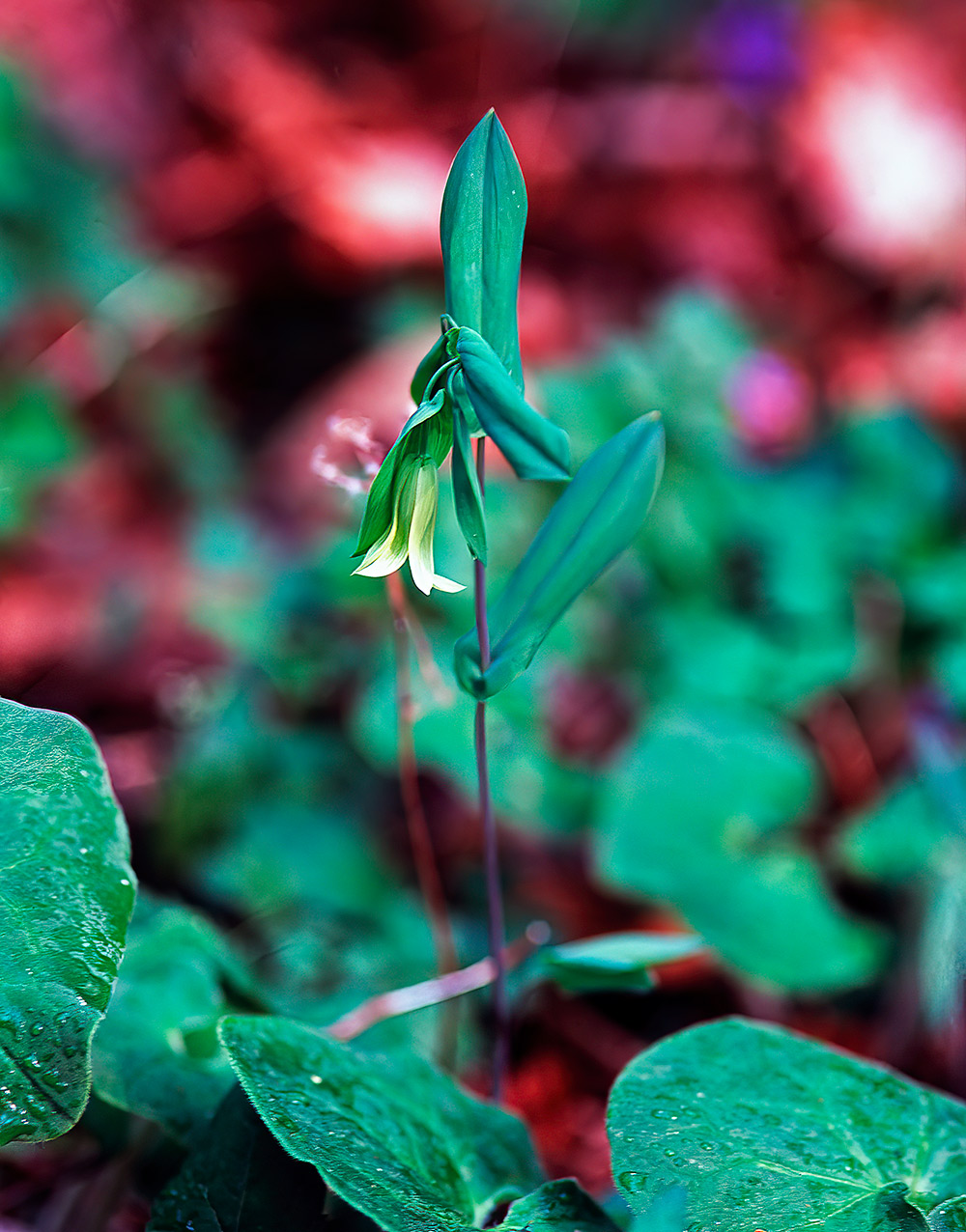
Perfoliate Bellwort (Uvularia perfoliata)
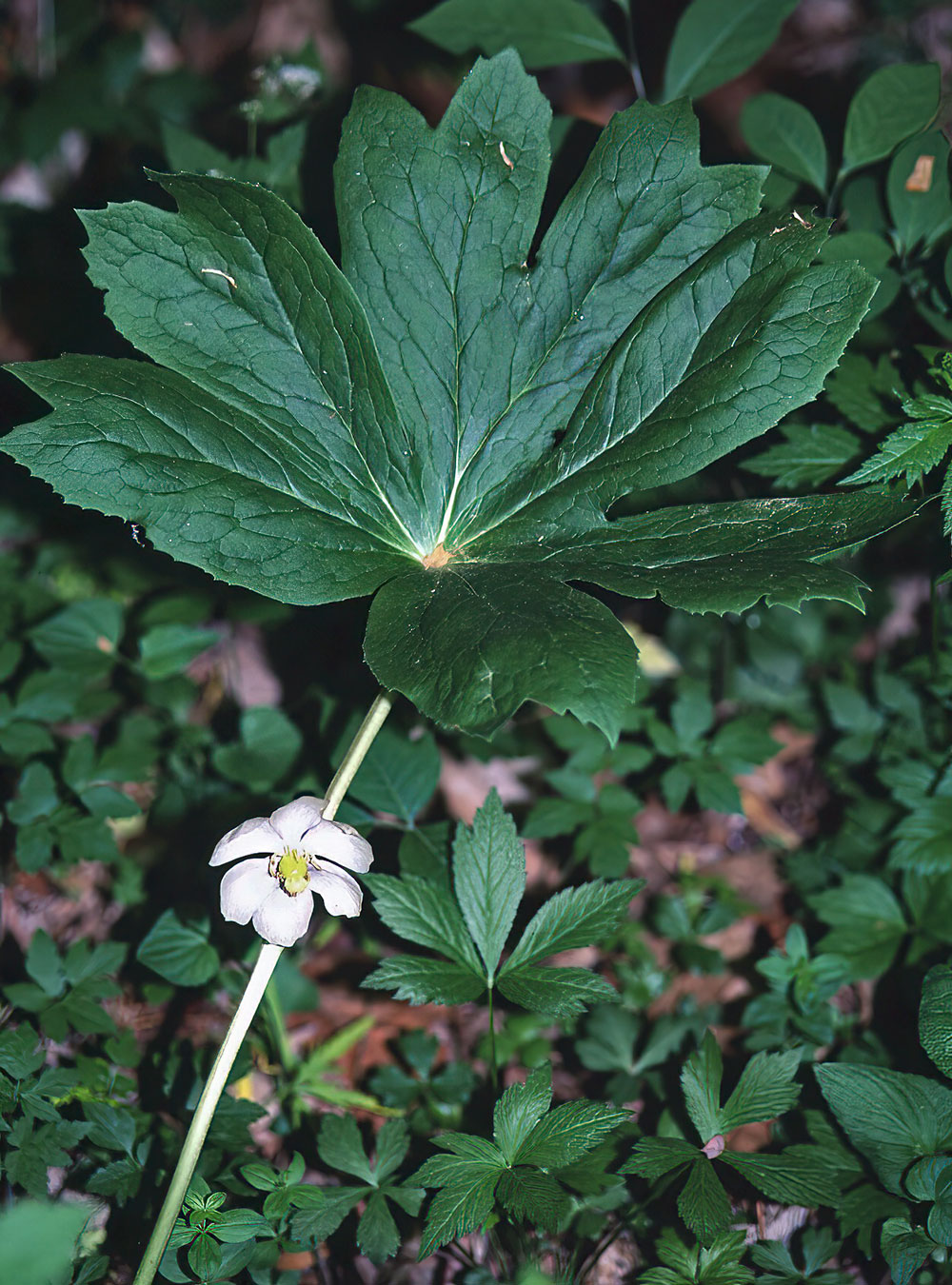
Mayapple (Podophyllum peltatum)
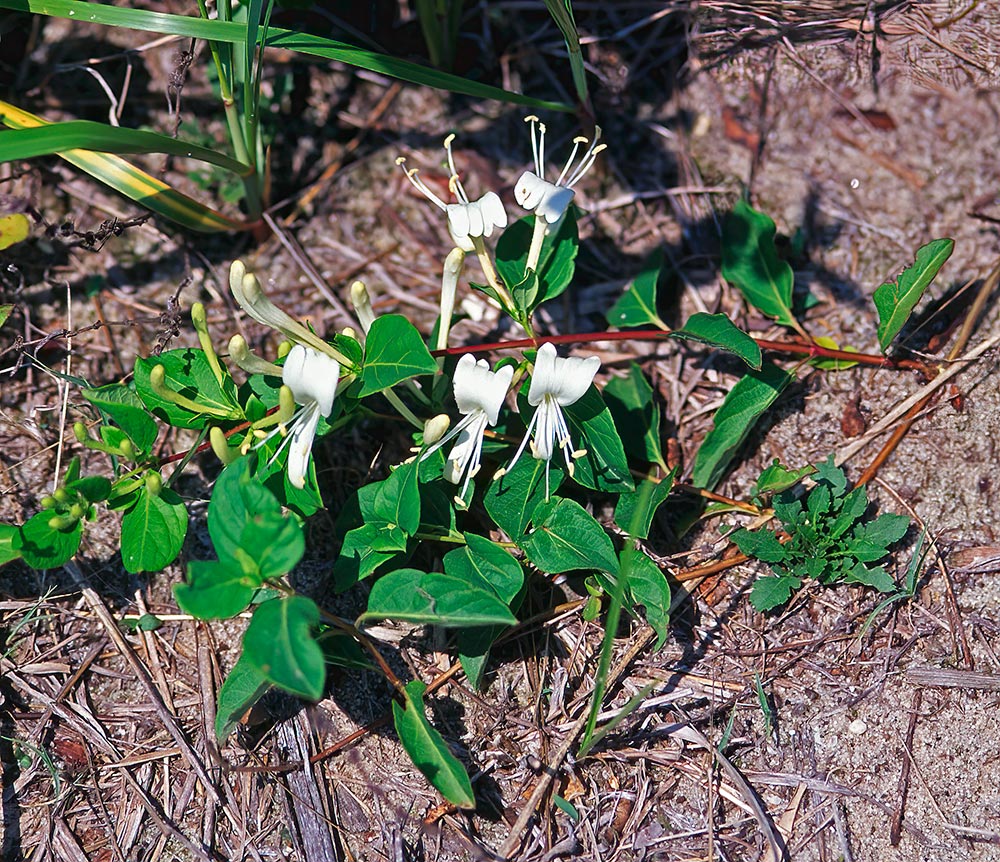
Japanese Honeysuckle (Lonicera japonica)
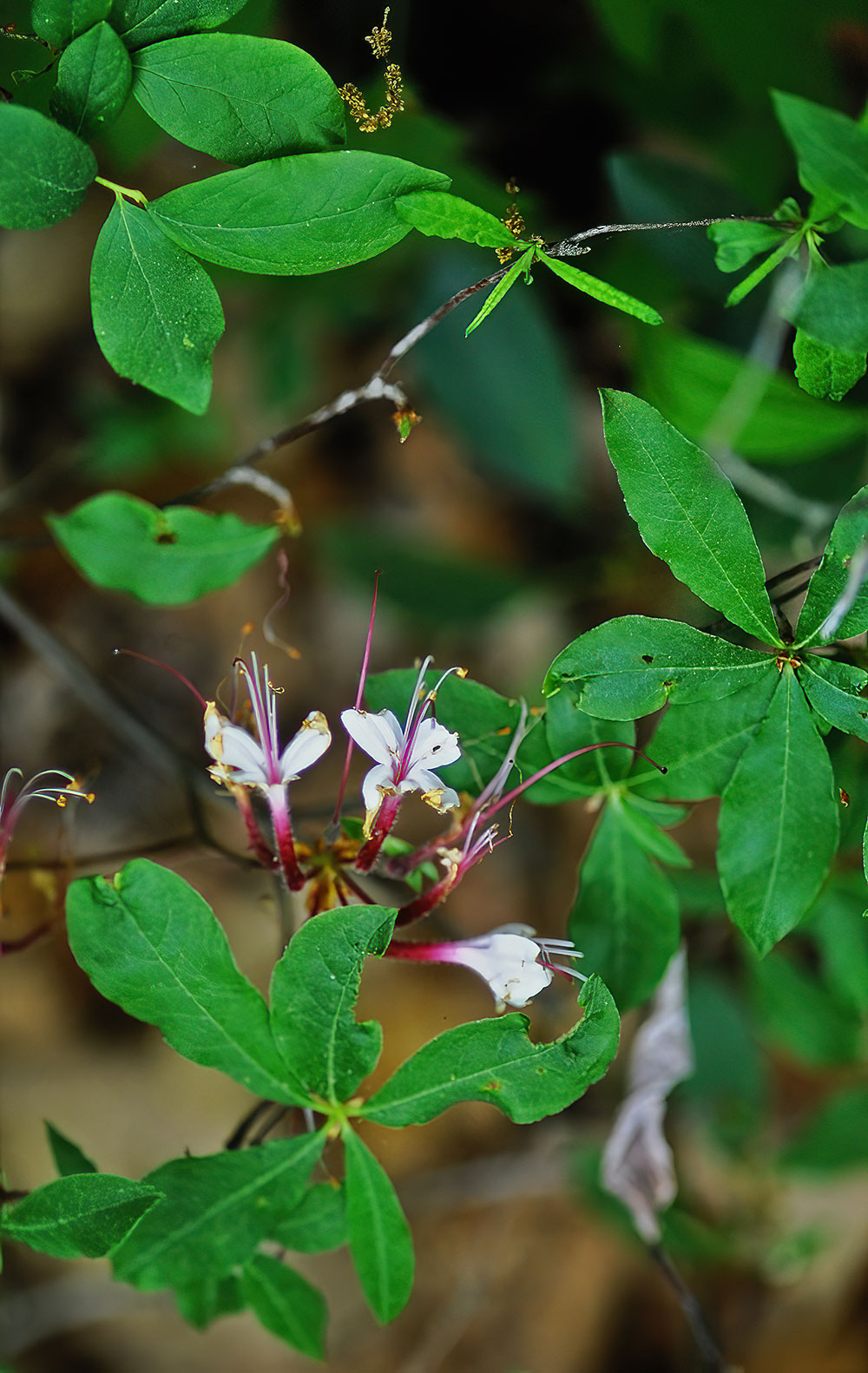
Pink Azalea (Rhododendron periclymenoides)
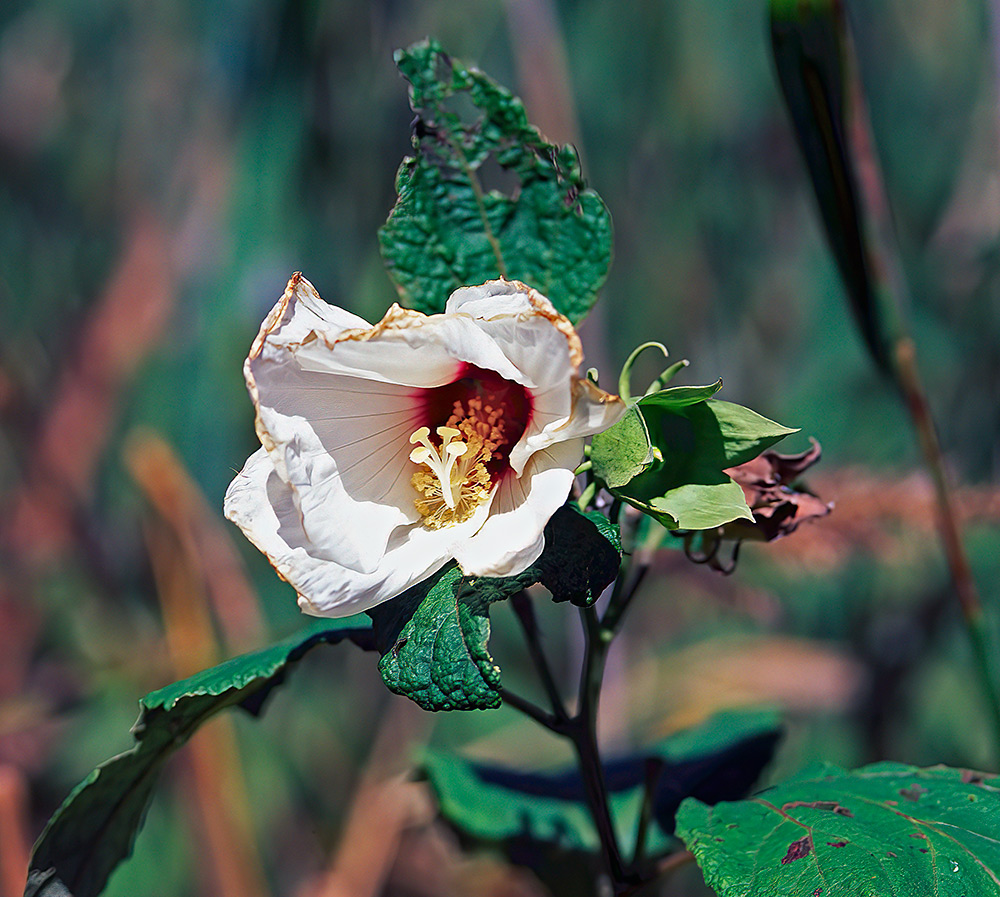
Swamp Rose Mallow (Hibiscus moscheutos), cold-hardy perennial wetland plant common in Eastern USA
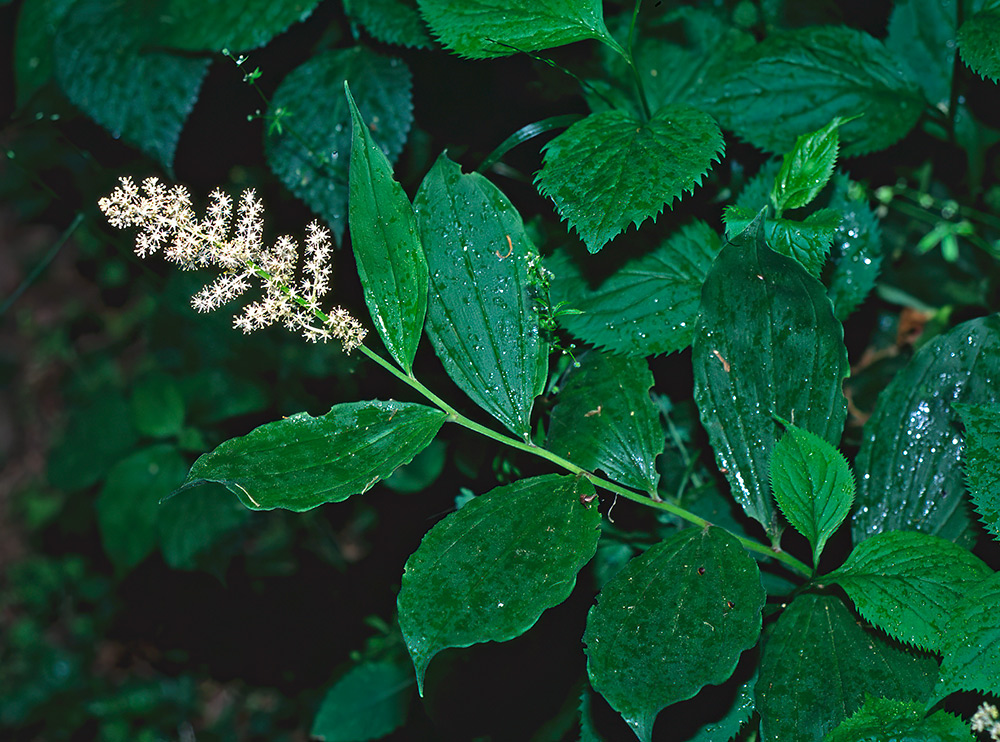
False Solomon's Seal (Maianthemum racemosum), is a common woodland herbaceous perennial plant (toppkonvall in Norwegian)
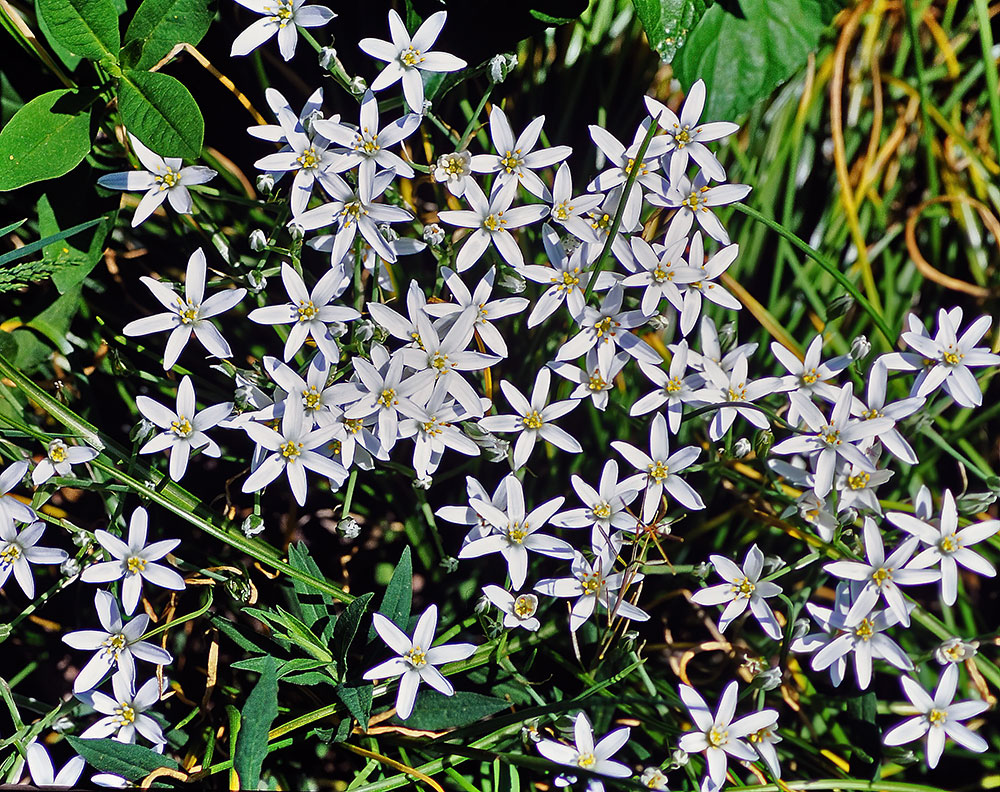
Garden Star of Bethlehem (Ornithogalum umbellatum)
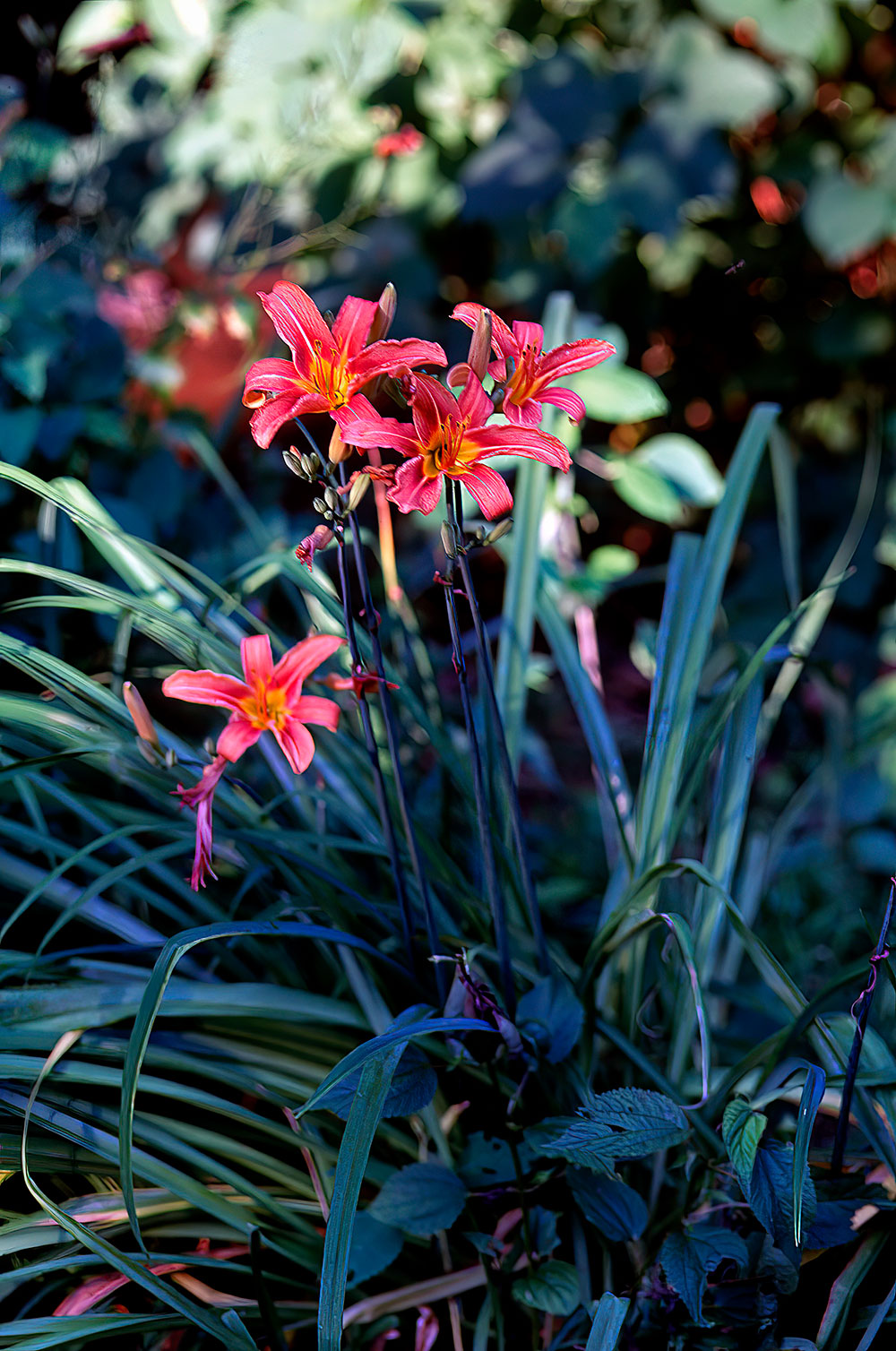
Orange Day-Lily (Hemerocallis fulva)
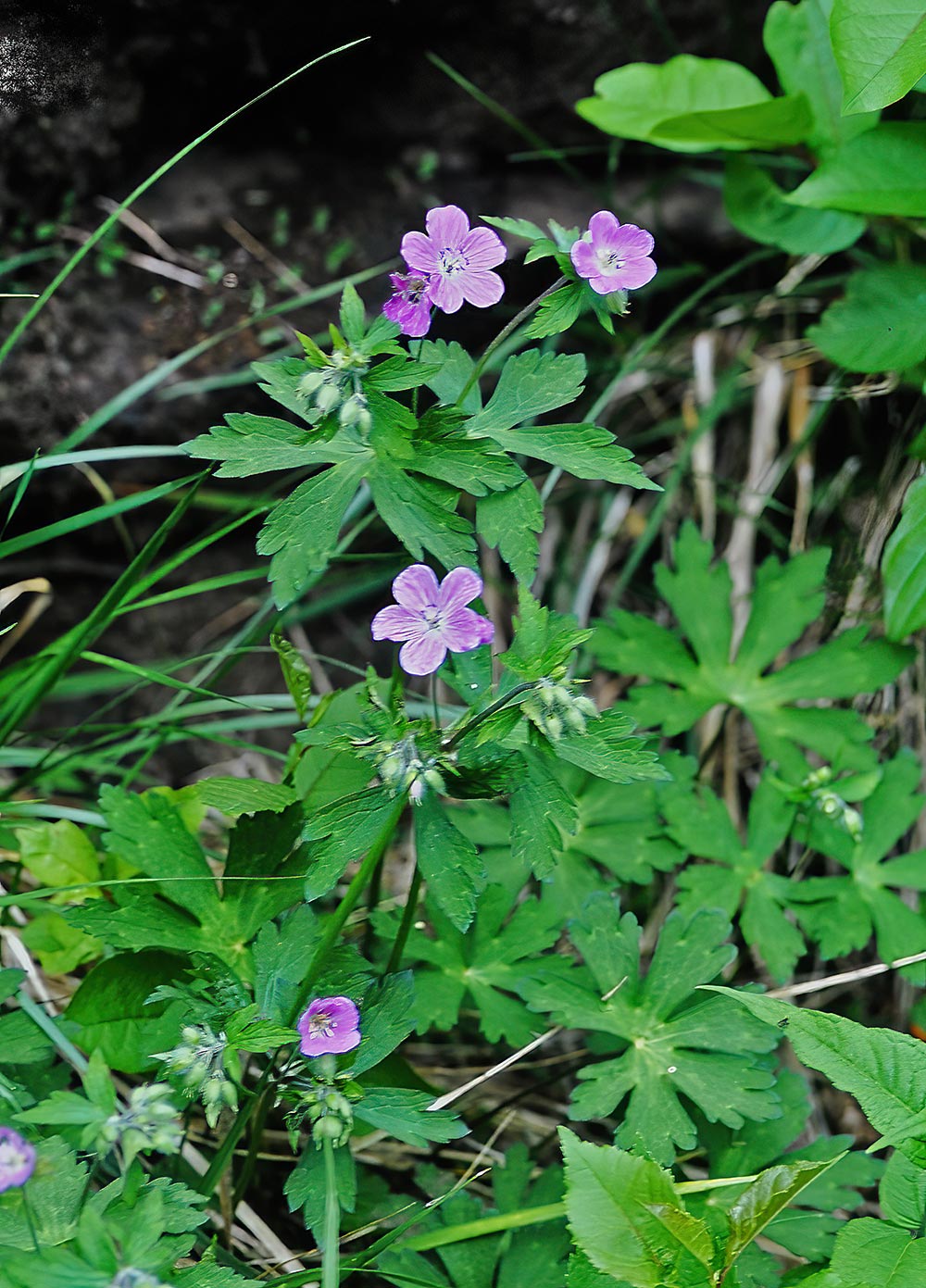
Wild Geranium (Geranium maculatum)
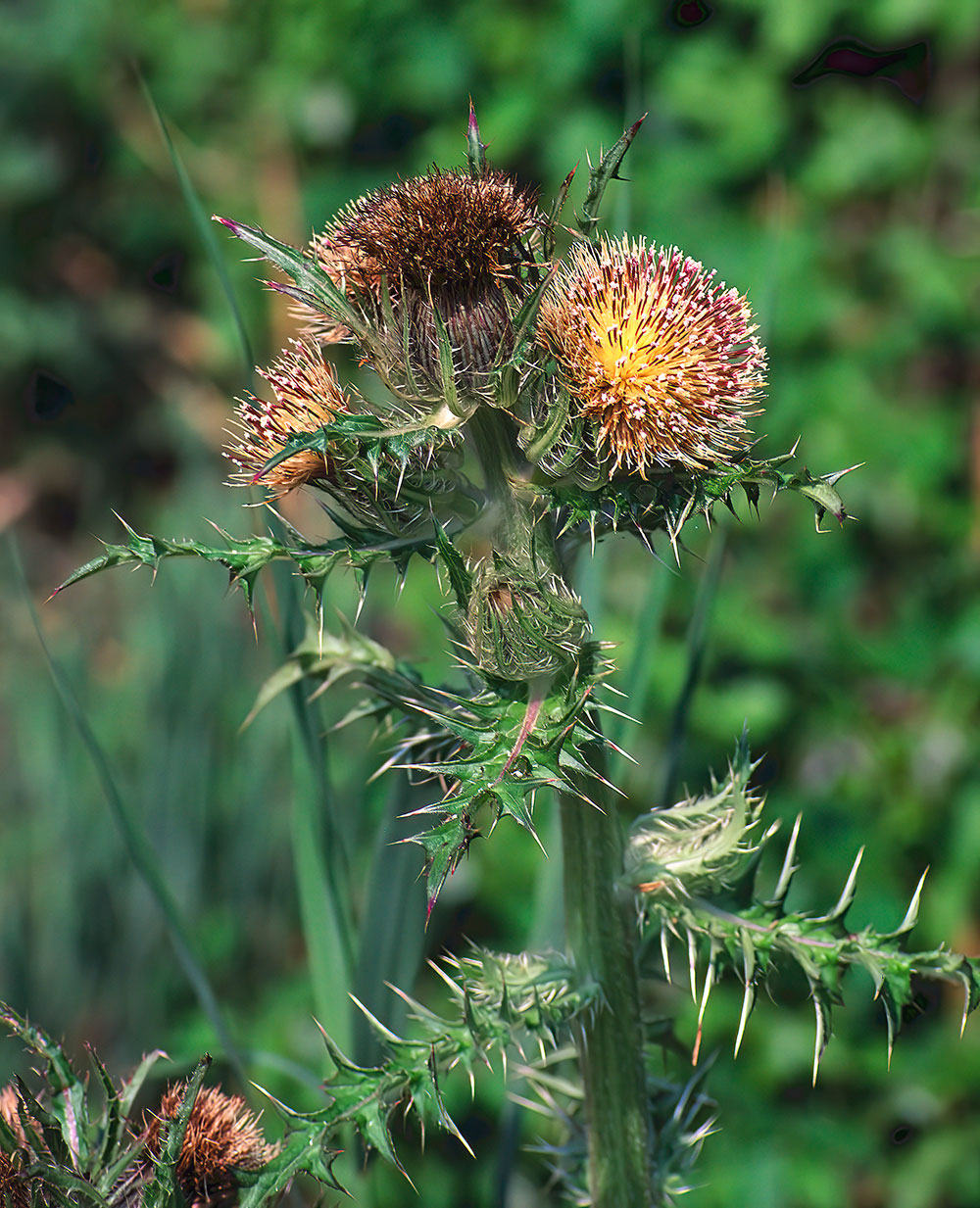
Bristly Thistle (Cirsium horridulum)
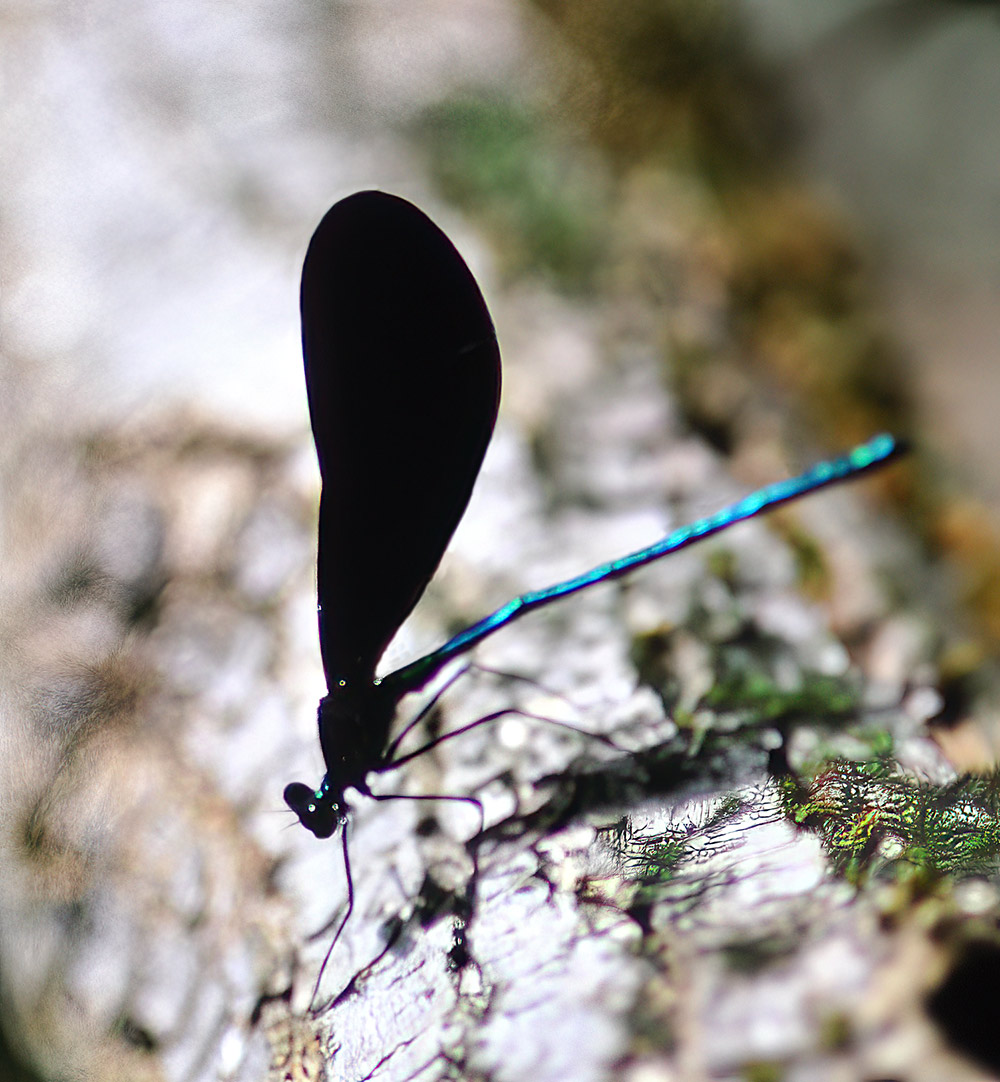
(Calopteryx maculata), probably Seneca Creek State Park, Montgomery County, Maryland
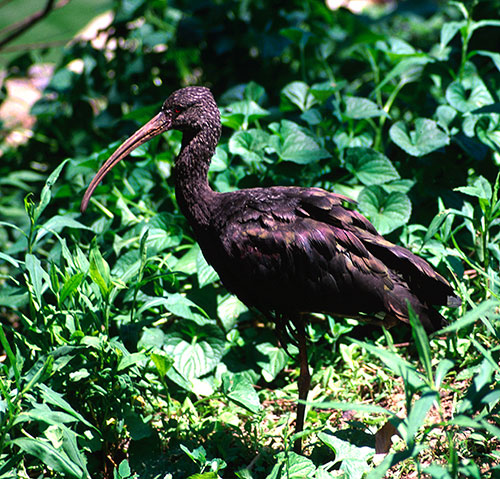
Glossy Ibis (Plegadis falcinellus)
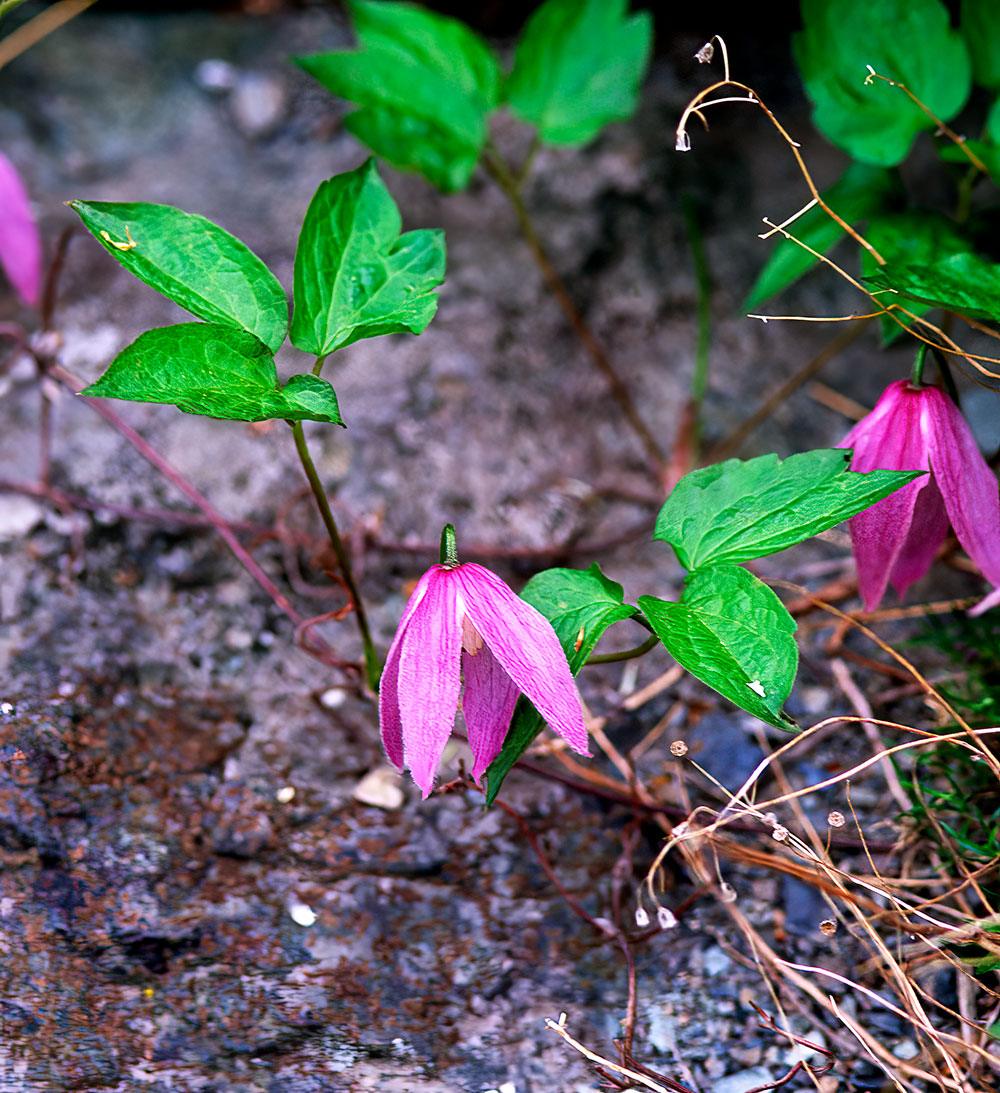
Purple Virgin's Bower (Clematis occidentalis)
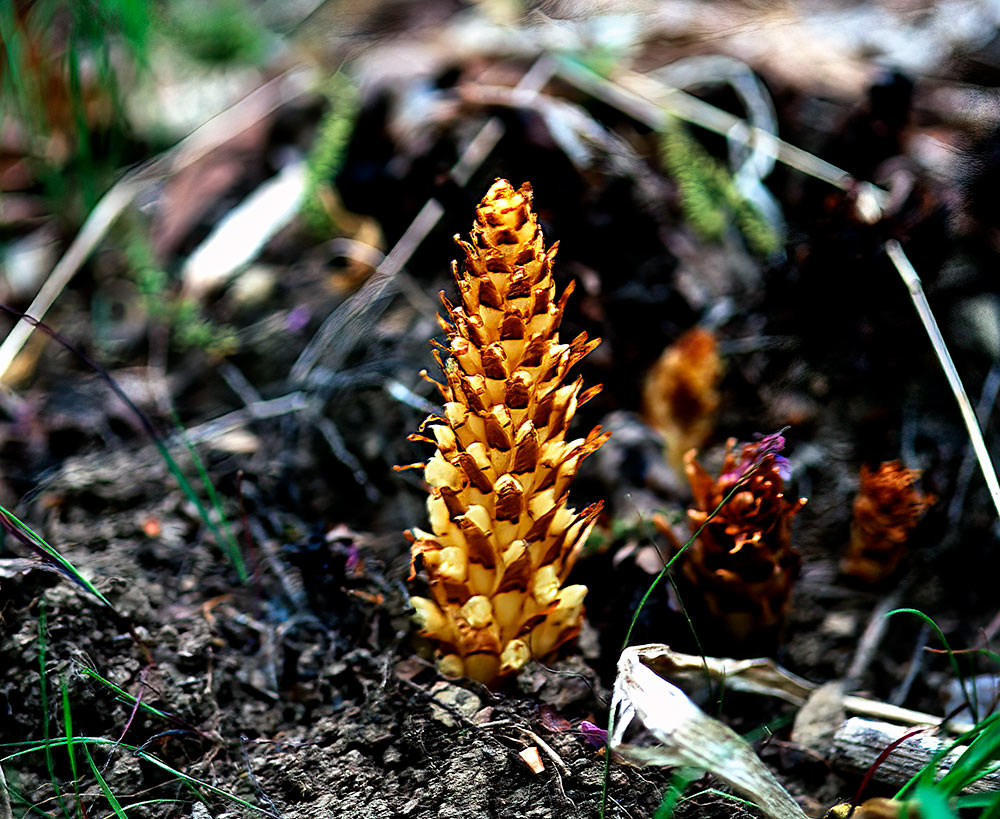
Squawroot (Conopholis americana), a parisitic plant that makes its living off the roots of oak trees
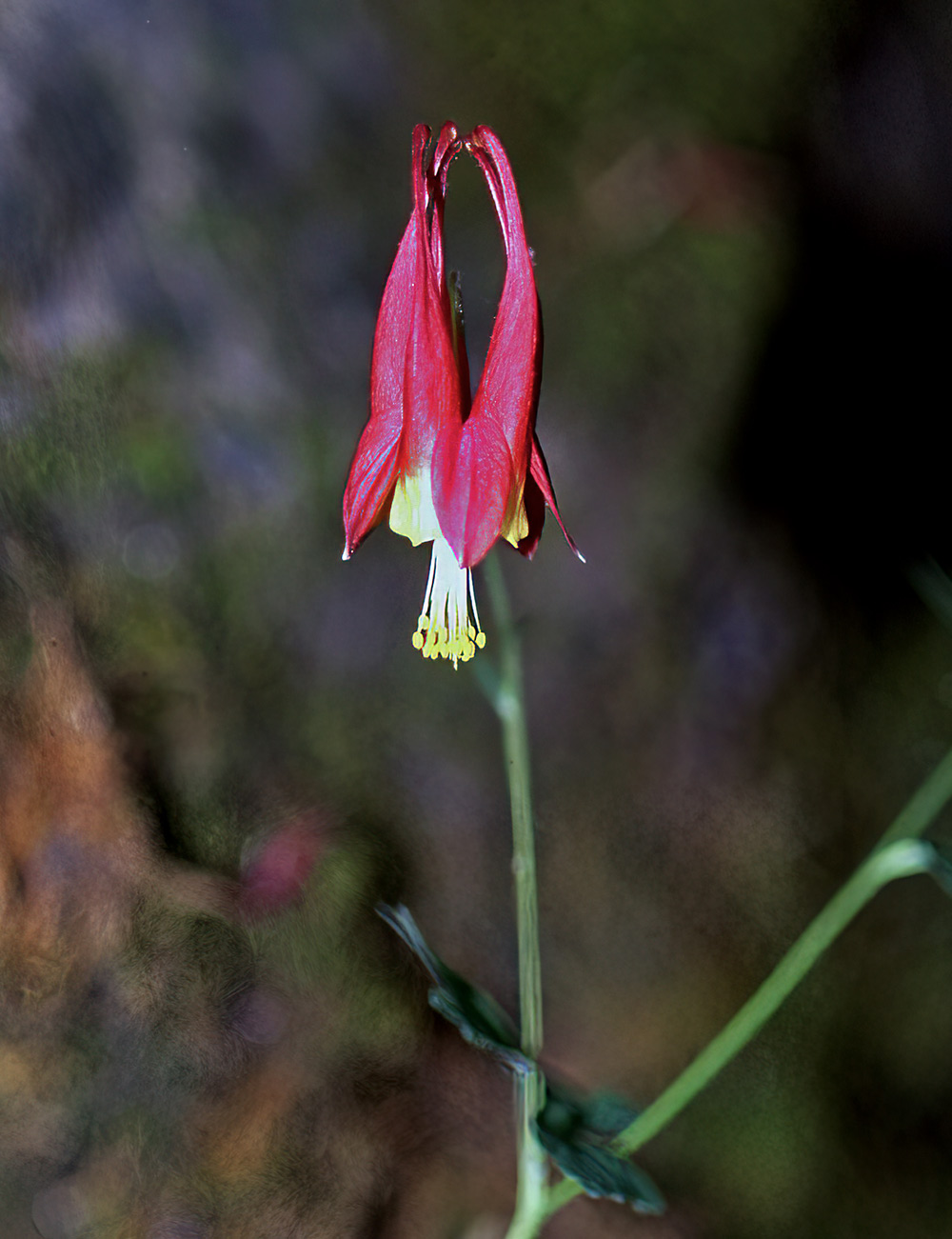
Eastern Red Columbine (Aquilegia canadensis), a woodland plant in the buttercup family
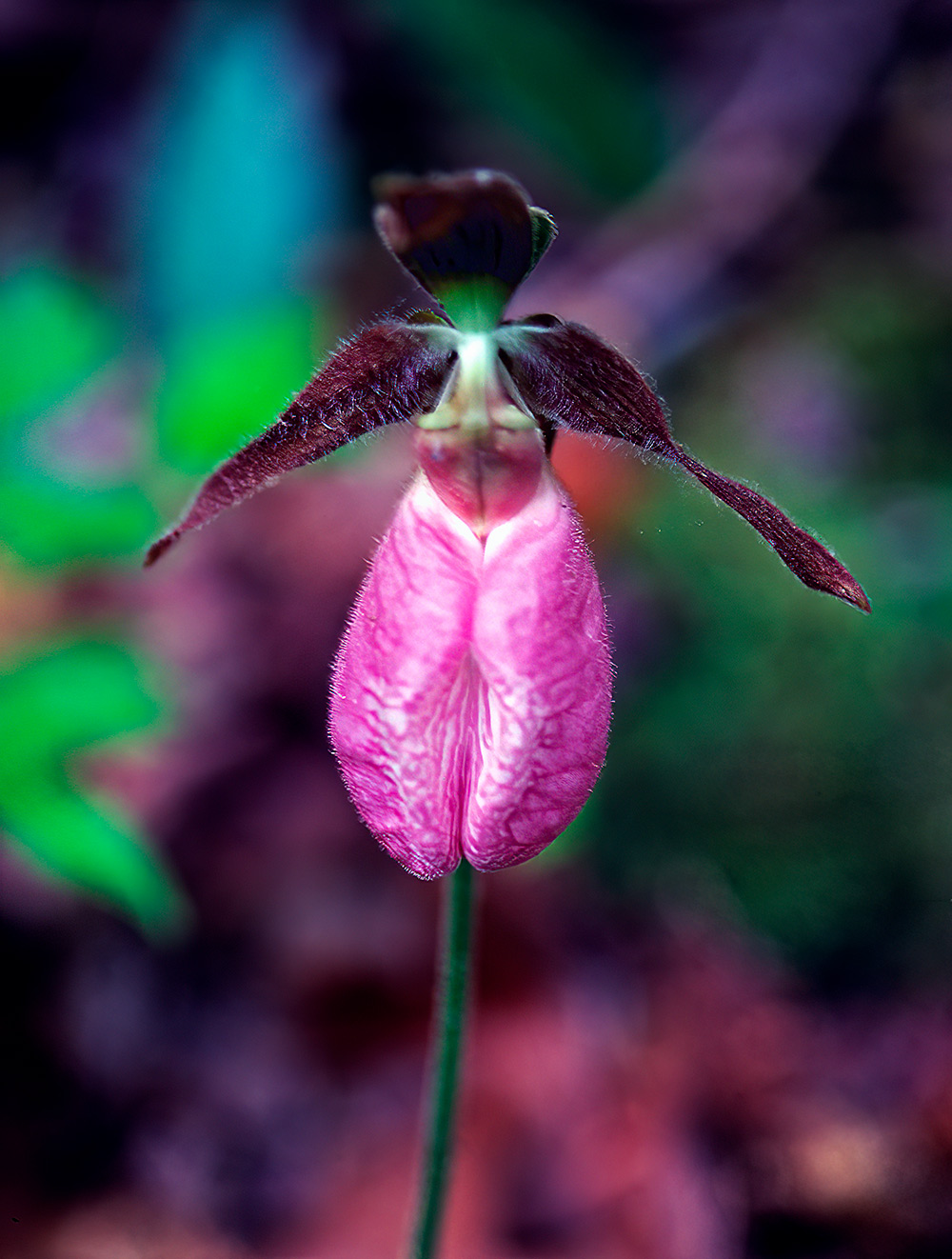
Pink Lady's Slipper (Cypripedium acaule), a woodland spring orchid
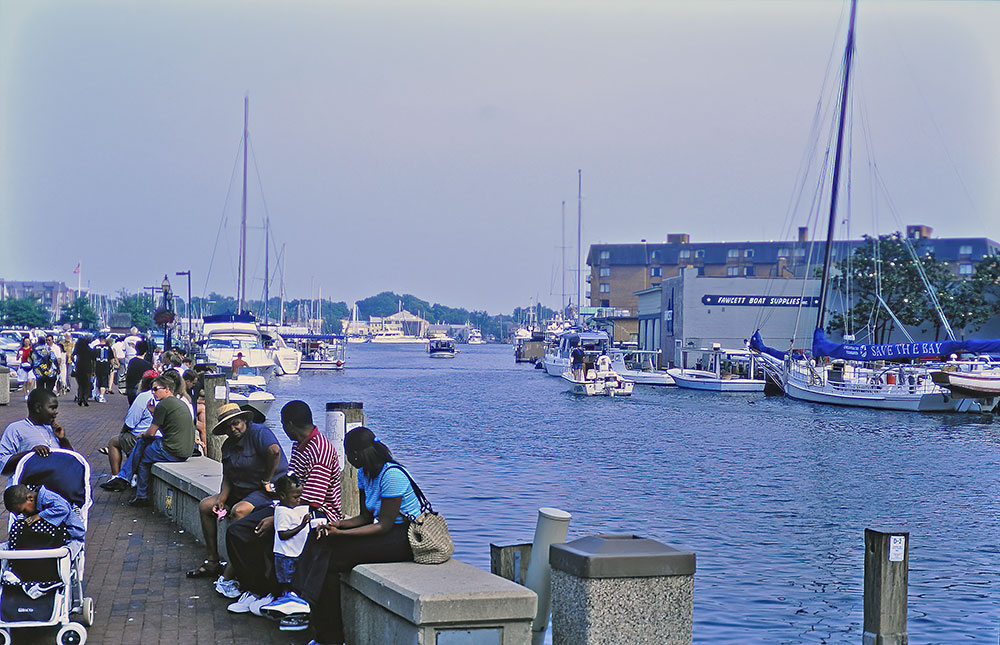
Annapolis, Maryland
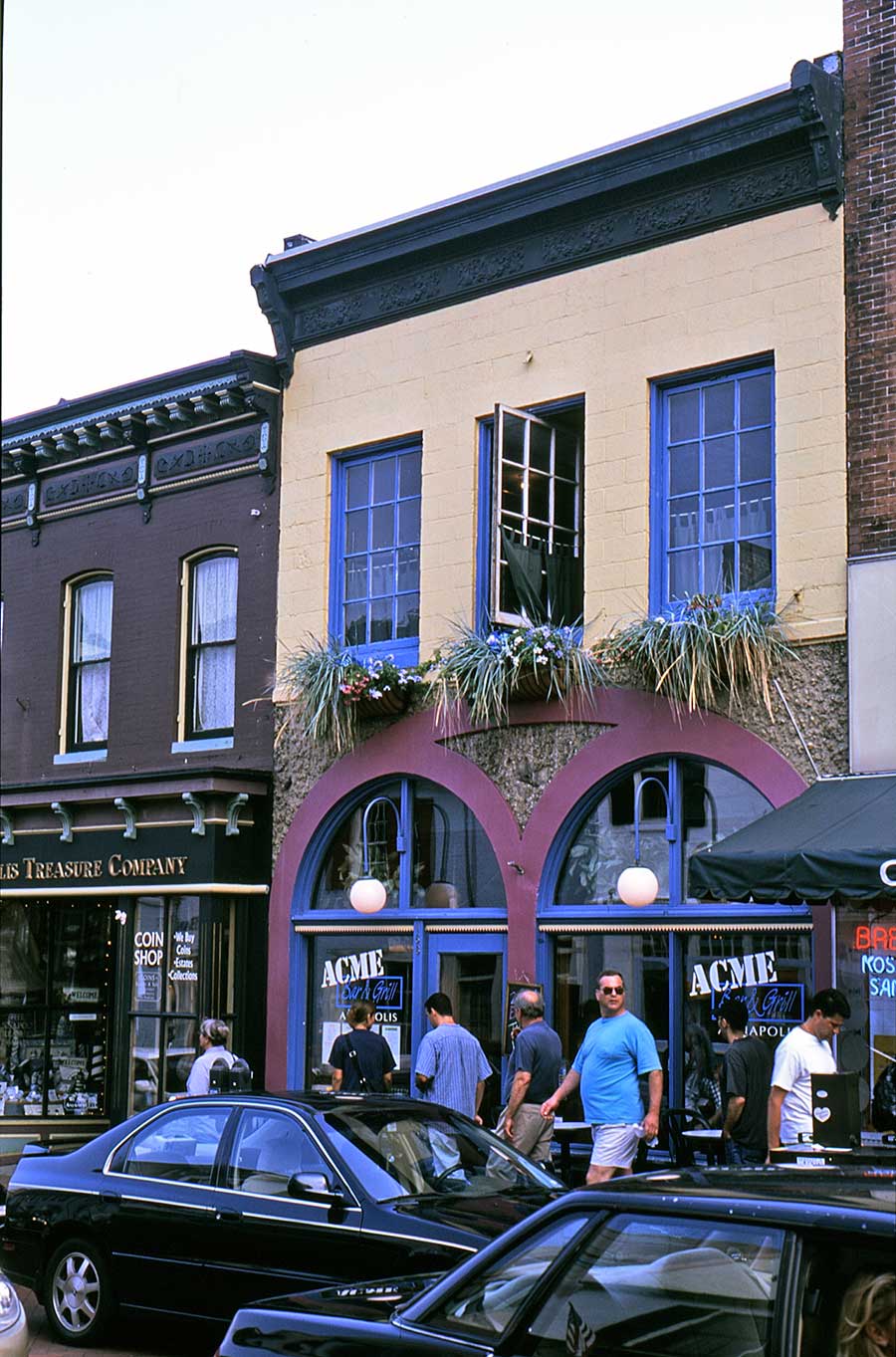
Annapolis
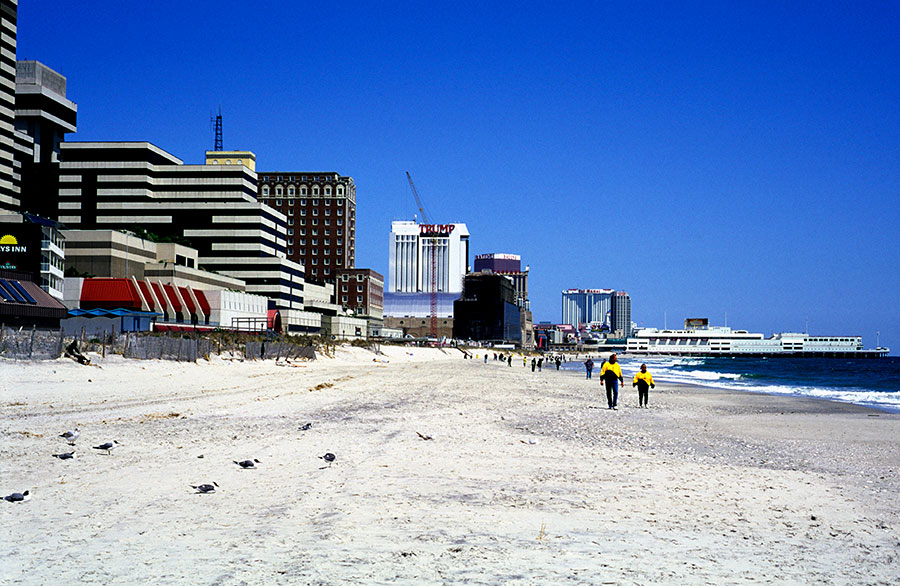
Atlantic City, with Trump Plaza Hotel and casino, New Jersey
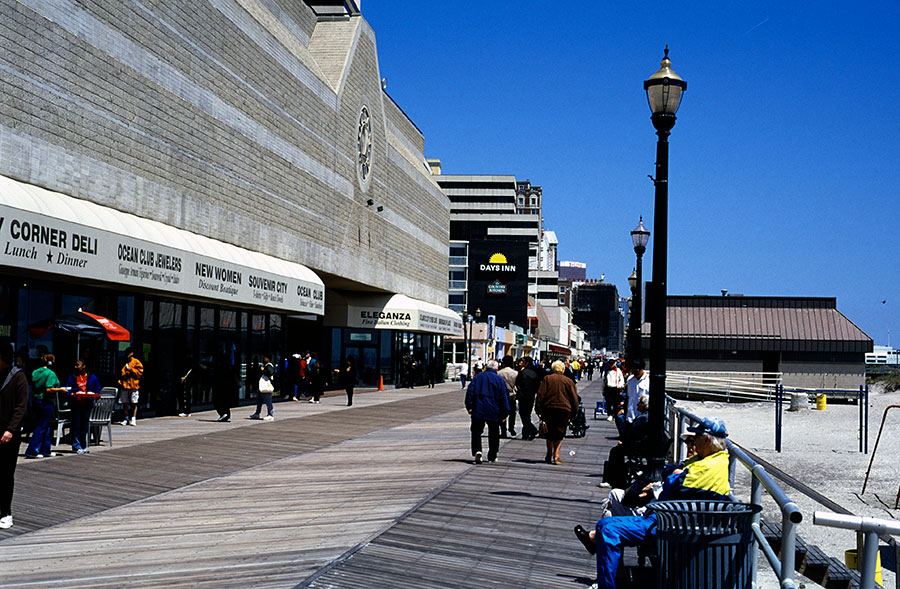
Atlantic City boardwalk, New Jersey
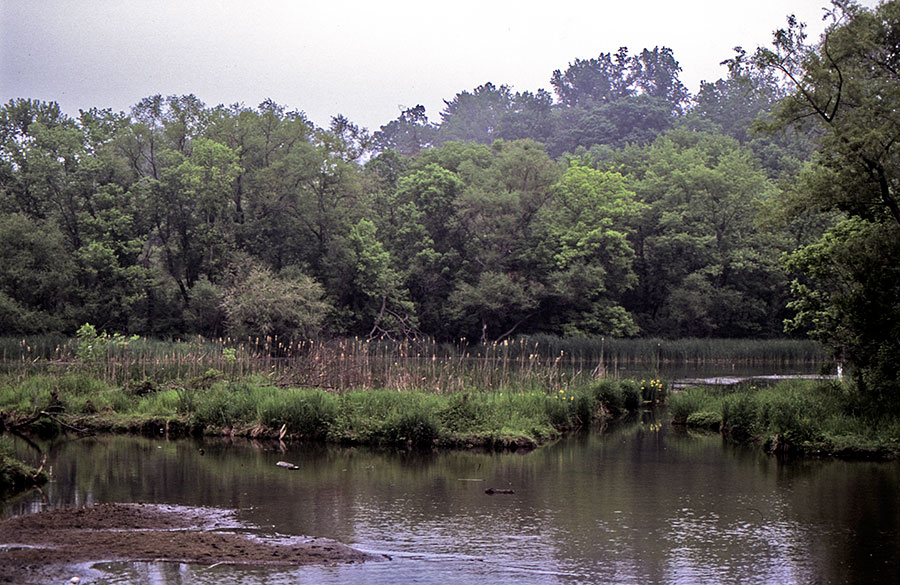
Creek, Maryland
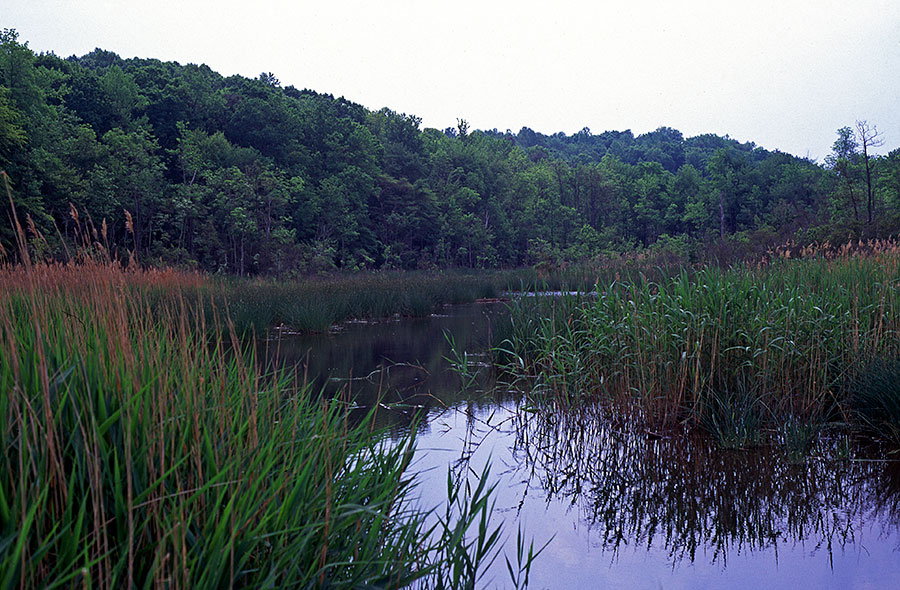
Swamp, Maryland
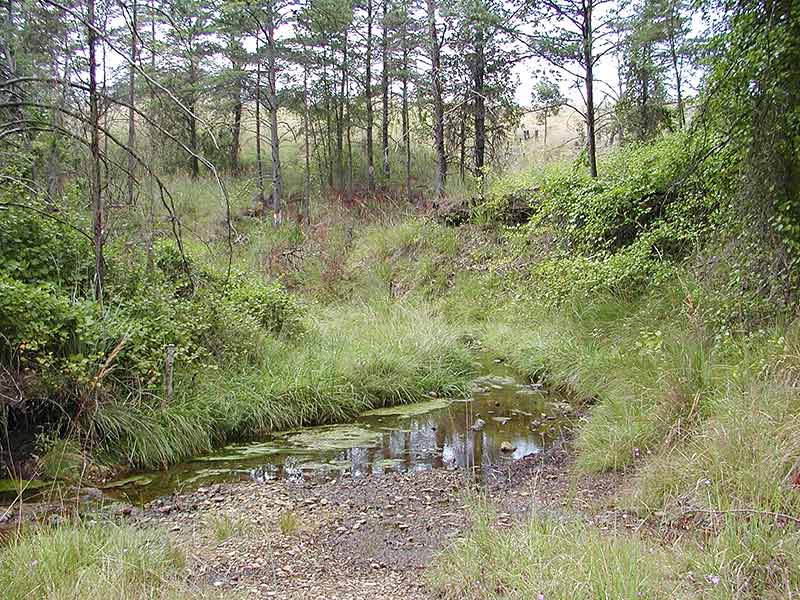
Soldiers Delight Natural Environment Area. A serpentine barren home to some rare plants. Chromium mining: During the 19th century Soldiers Delight and the Bare Hills district of Baltimore City were the largest producers of chrome in the world. In these two locations, chromite is a significant accessory mineral in the serpentine and was mined up until 1860.
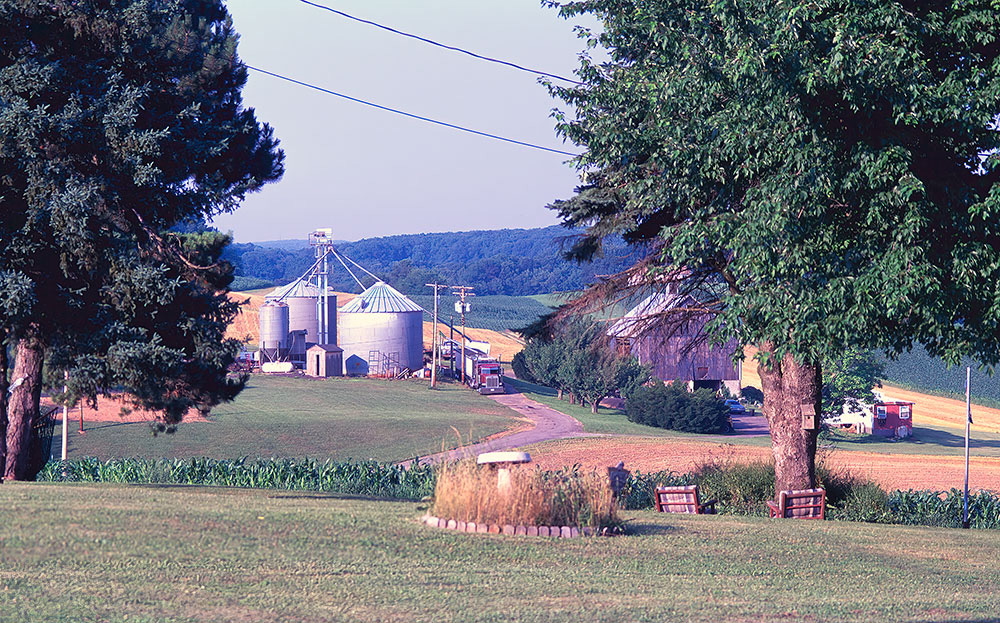
Maryland farm
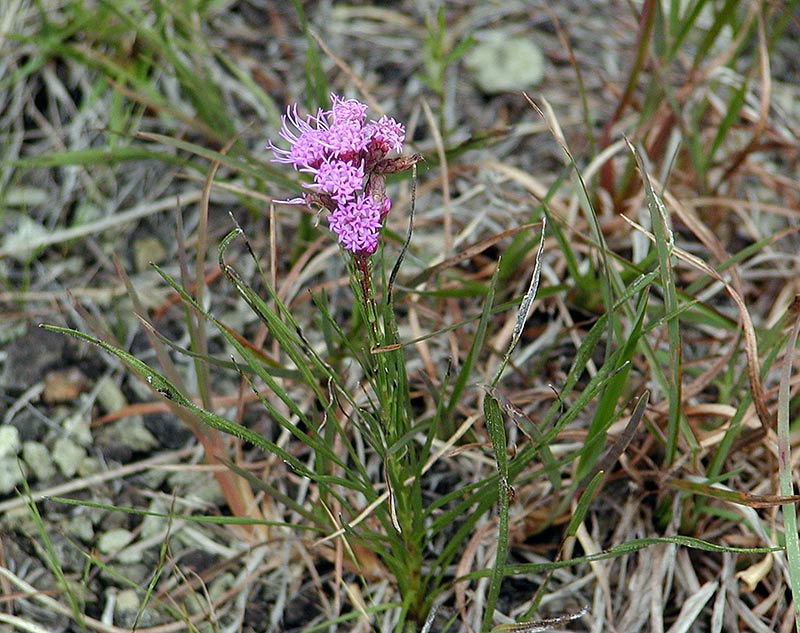
Early flowering Grass-leaf Blazing Star (Liatris graminifolia), Soliders Delight Natural Environment Area
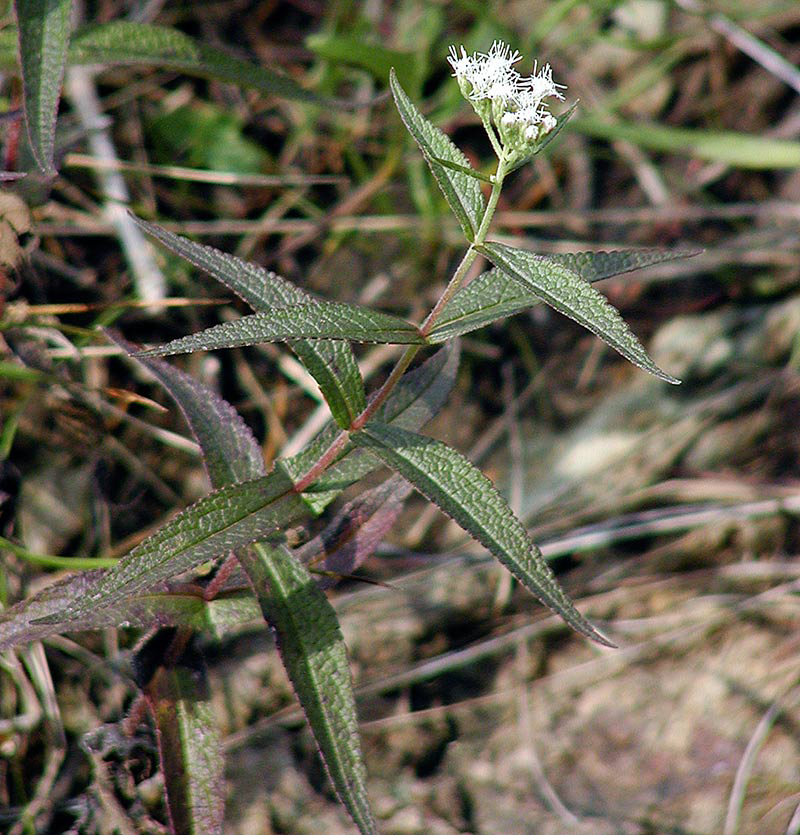
Common Boneset (Eupatorium perfoliatum), Soliders Delight Natural Environment Area
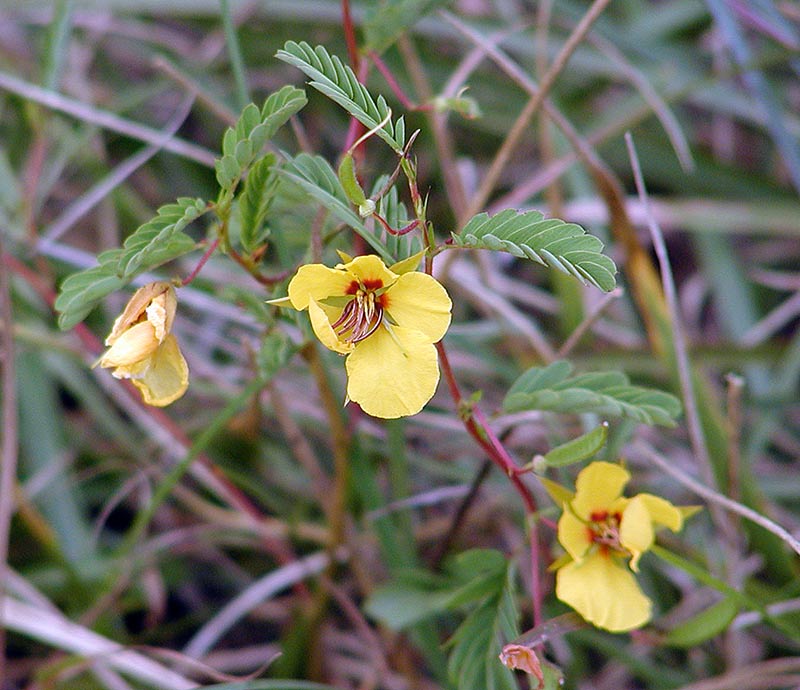
Large-flowered Partridge Pea (Chamaecrista fasciculata), Soliders Delight Natural Environment Area
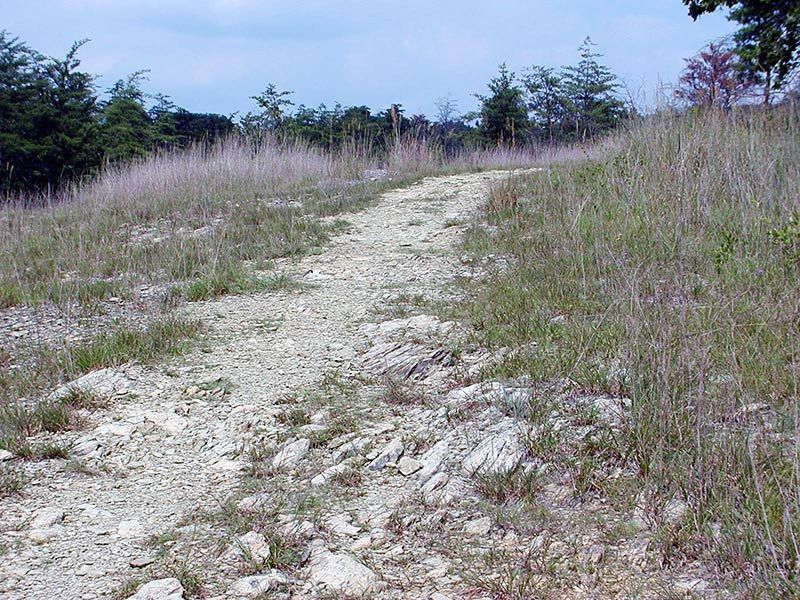
Soliders Delight Natural Environment Area trail. The land surface over serpentinites is stony, unfertile and sparsely vegetated - hence the term "serpentine barren." Typically a serpentine barren contains scrub oak and pine, cedar, grasses and some unique and rare wildflowers
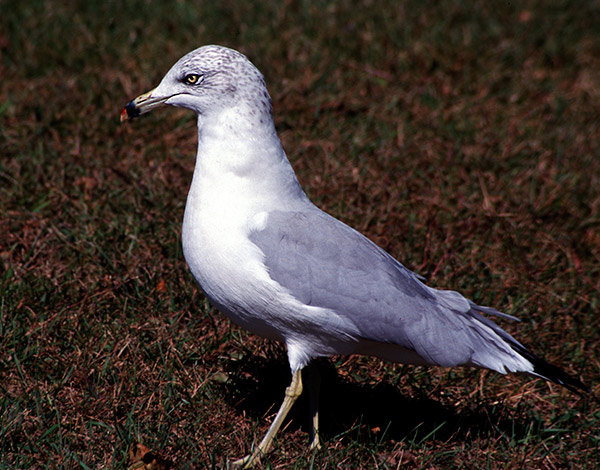
Ring-Billed Gull (Larus delawarensis), the typical gull in the area
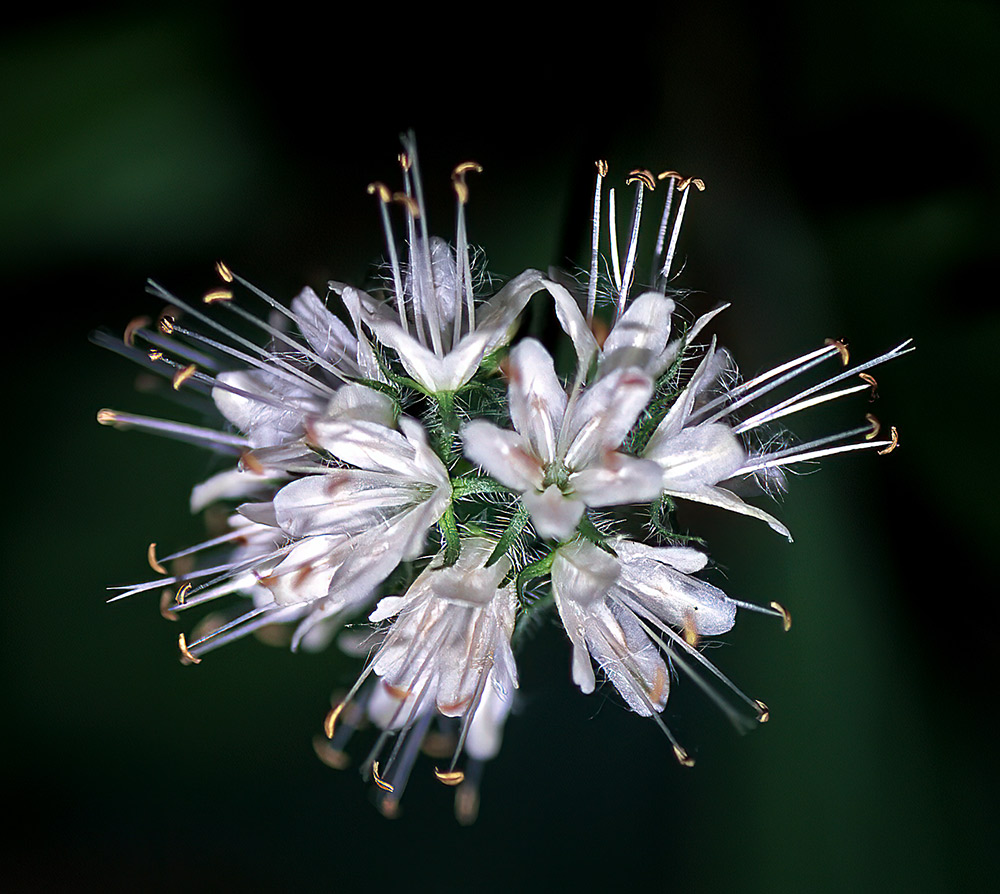
Virginia Waterleaf (Hydrophyllum virginianum)
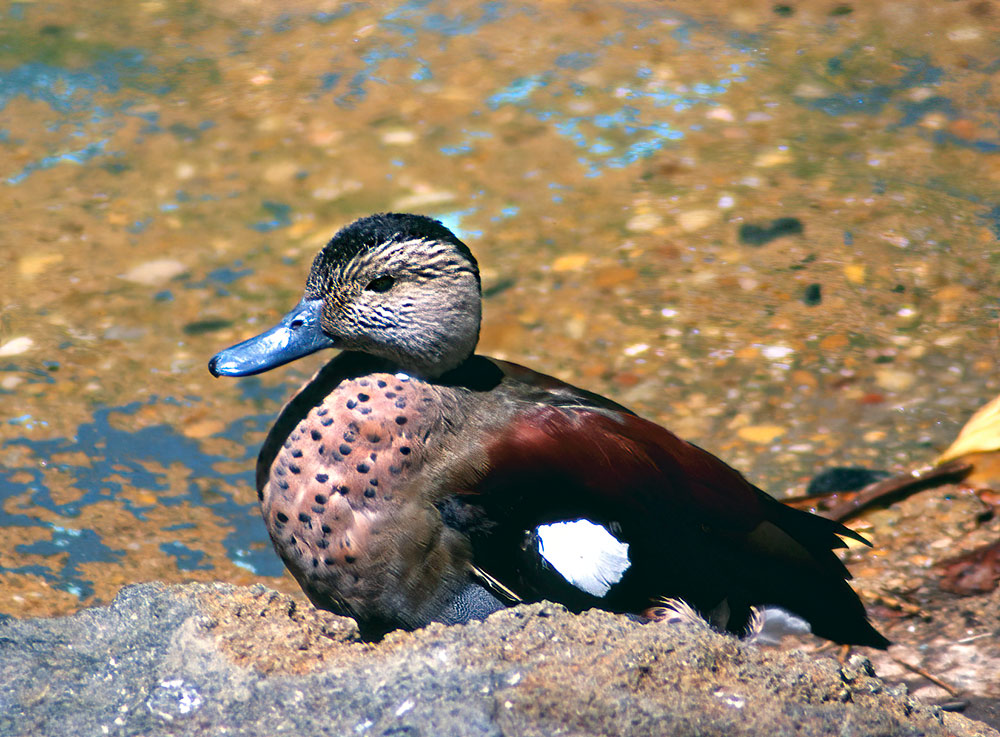
American Wigeon (Mareca americana)
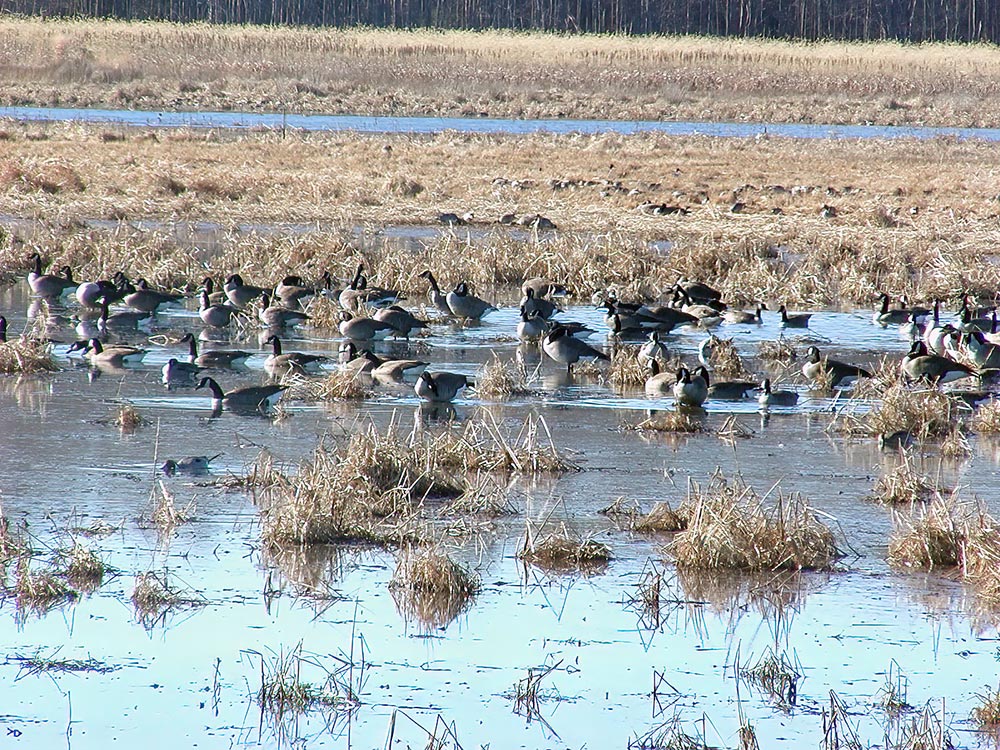
Mainly Canada Goose (Branta canadensis) and a few Northern Pintail (Anas acuta), Blackwater National Wildlife Refuge, Maryland
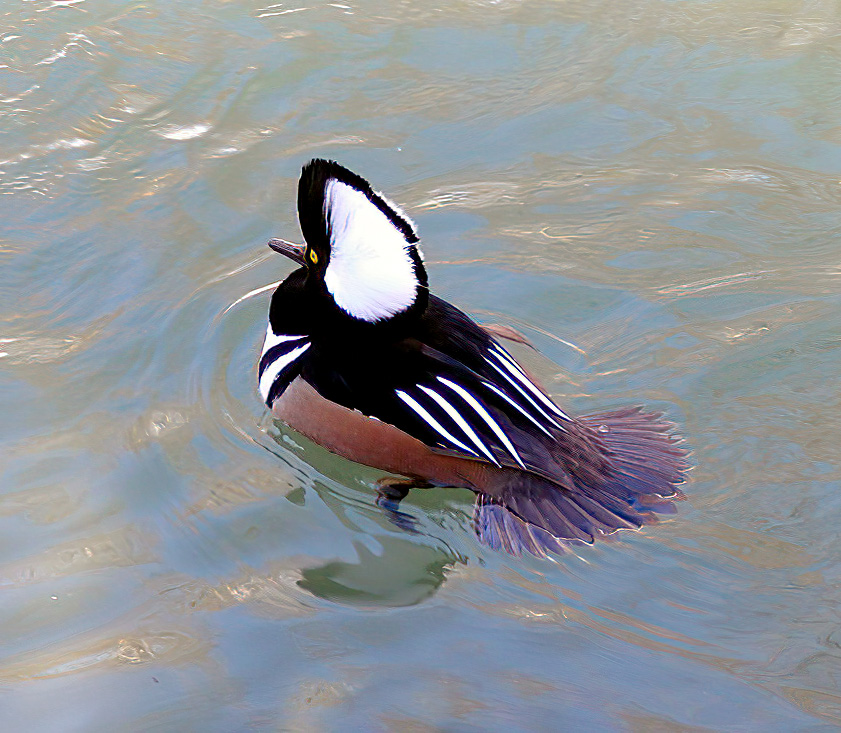
Hooded Merganser (Lophodytes cucullatus)
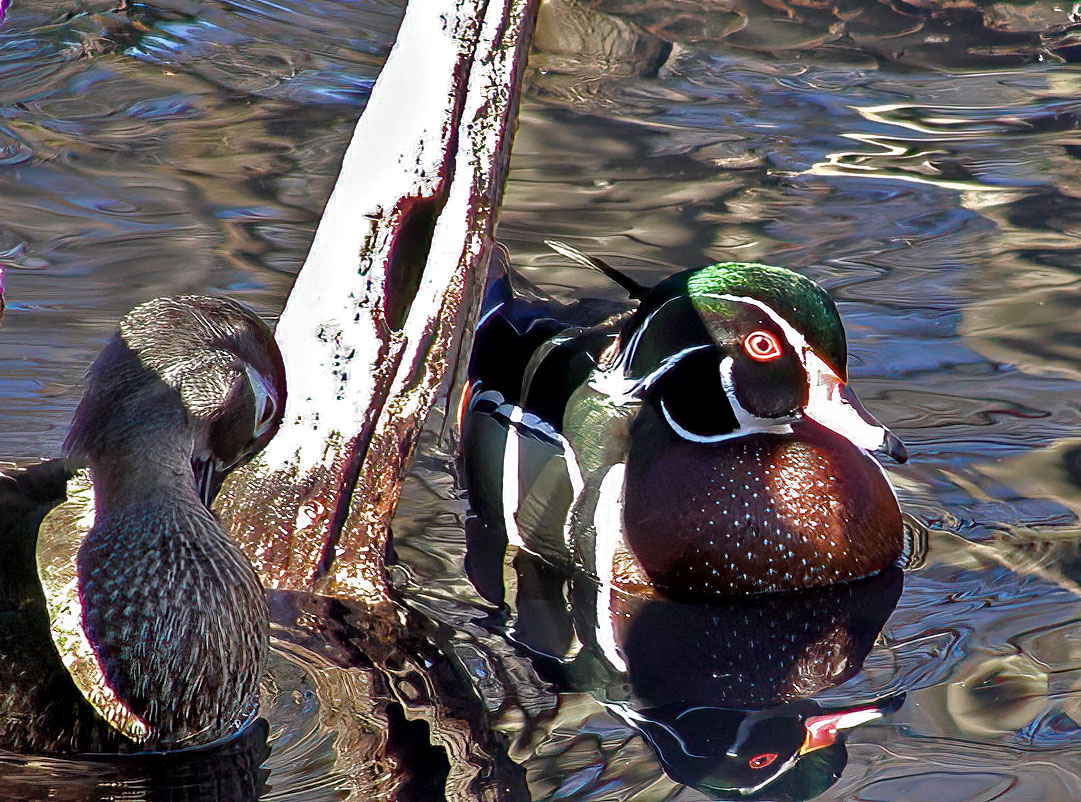
Wood Duck (Aix sponsa)